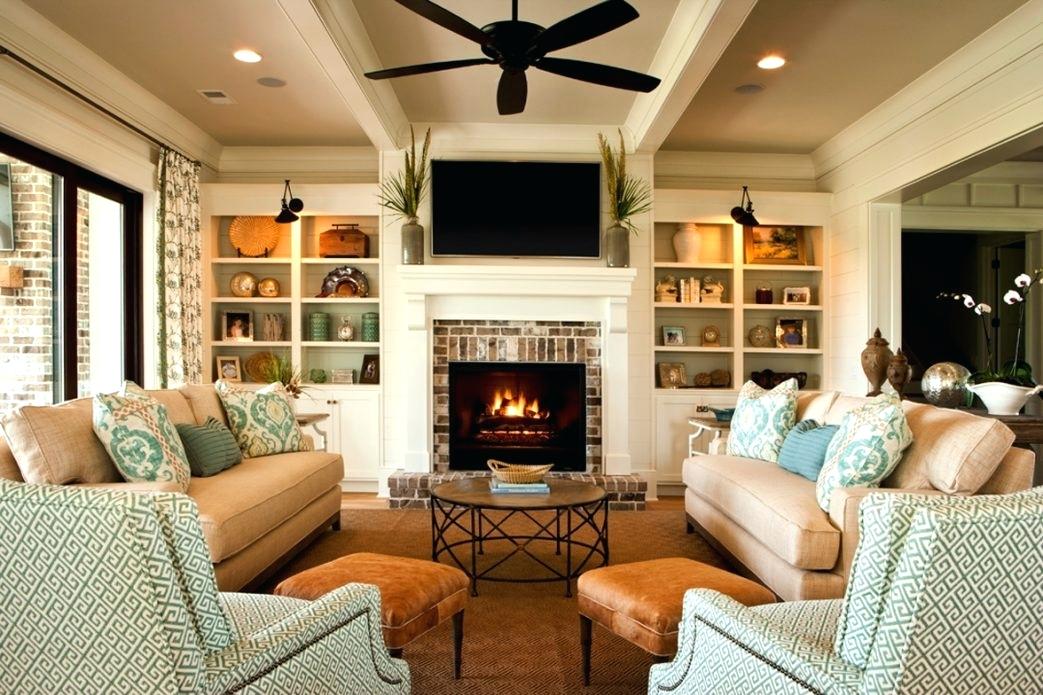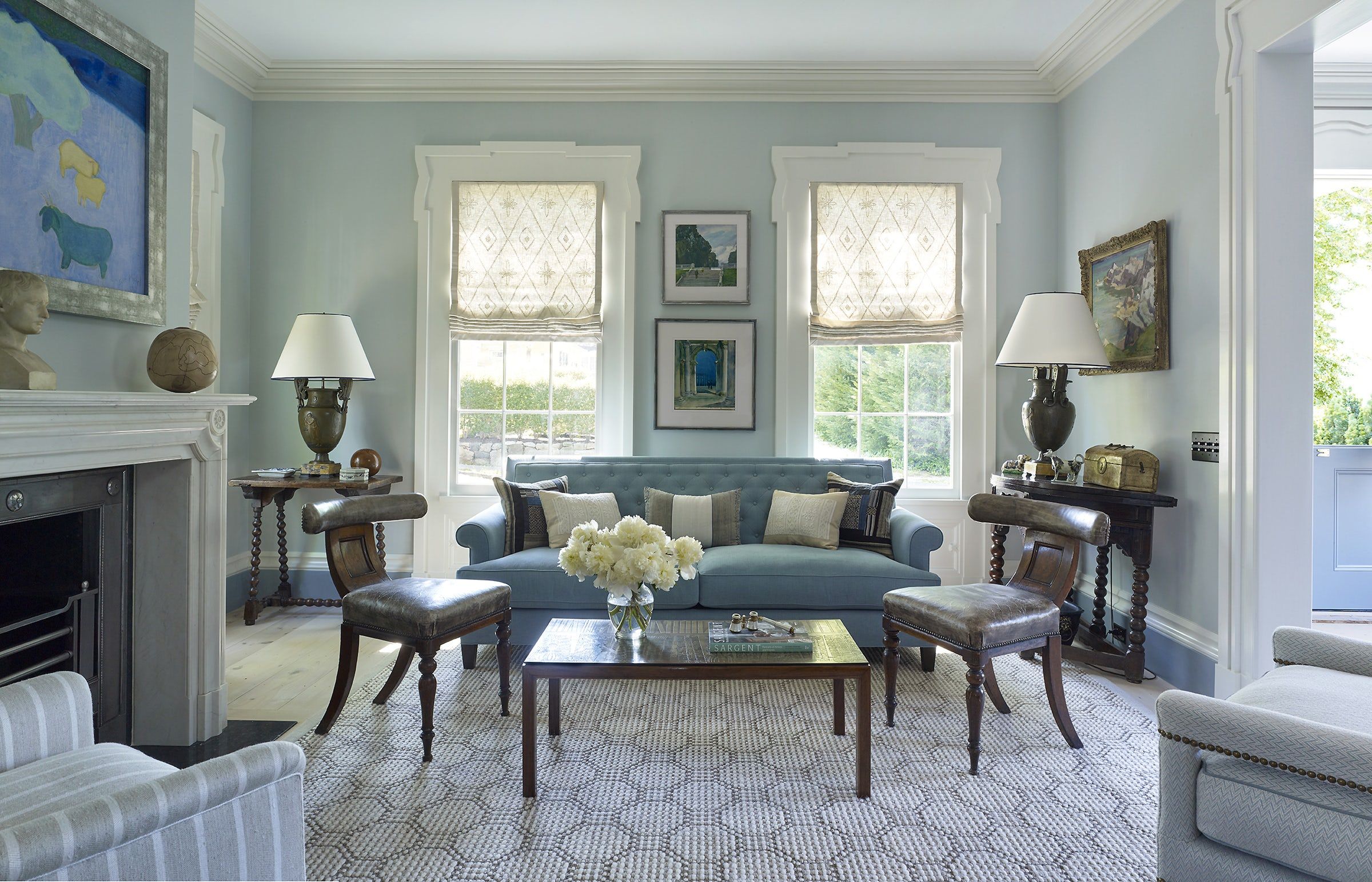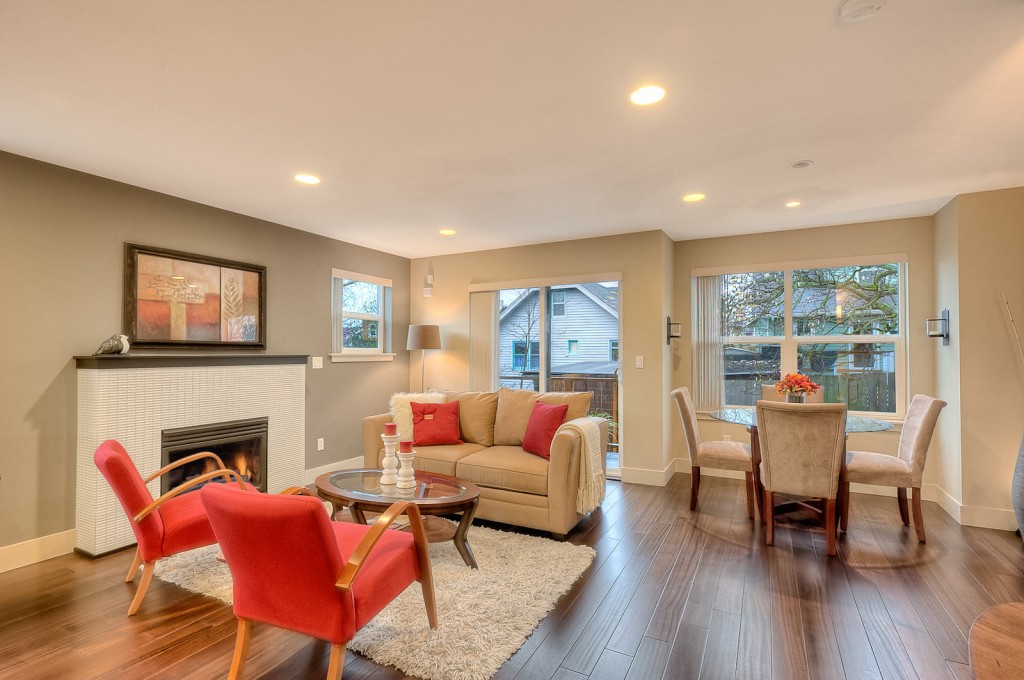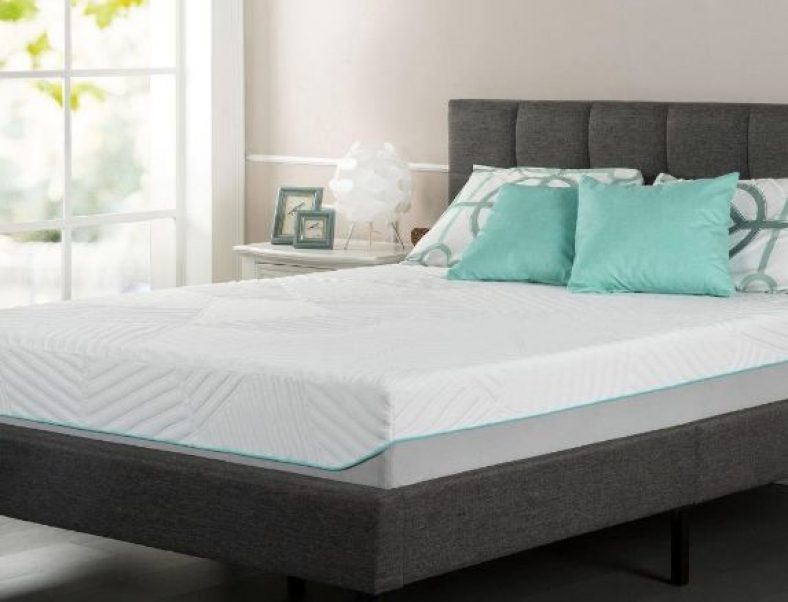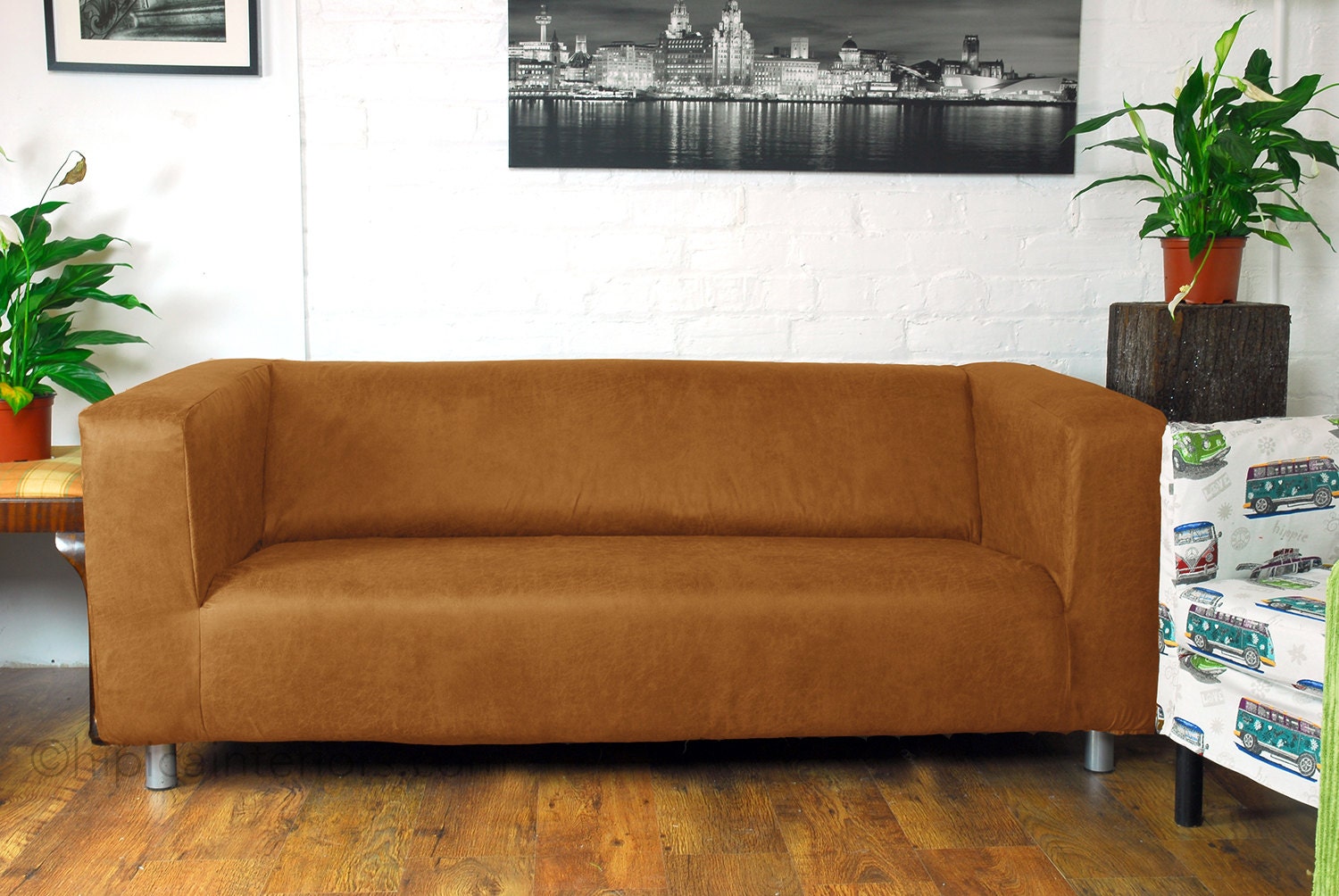Wallpaper is a great way to add color, pattern, and texture to a dining room wall. It can instantly transform a plain and dull wall into a focal point of the room. With endless options available, from bold prints to subtle textures, wallpaper allows for endless possibilities in designing a dining room wall. When choosing wallpaper for your dining room, consider the overall style and color scheme of the room. If your dining room has a modern and minimalistic feel, opt for a geometric or abstract print in neutral tones. For a more traditional or eclectic style, consider a floral or damask print in bold colors. Another important factor to consider when using wallpaper is the size of the room. A small dining room may benefit from a wallpaper with a vertical pattern to create the illusion of height, while a large dining room can handle a larger print without feeling overwhelming.Wallpaper
Creating an accent wall in your dining room is a great way to add visual interest and break up a large, open space. This is a popular trend in designing a dining room wall as it allows for a pop of color or texture without overwhelming the entire room. There are many ways to create an accent wall. One option is to paint one wall a different color than the rest of the room. This can add a bold and dramatic touch to the dining room. Another option is to use wallpaper on the accent wall, as mentioned above. You can also use different materials, such as wood planks or stone, to create a unique and textured accent wall.Accent Wall
The paint color you choose for your dining room walls can make a big impact on the overall design and feel of the room. Designing a dining room wall with the right paint color can create a sense of warmth, sophistication, or even playfulness. When considering paint colors for your dining room, think about the mood you want to create. Bold and dramatic colors, such as deep blues or rich reds, can add a sense of drama and elegance to the room. Neutral colors, such as grays or beiges, can create a calming and sophisticated atmosphere. And bright and cheerful colors, such as yellows or greens, can add a playful and energetic touch to the dining room.Paint Color
Adding wall art is an easy and affordable way to add personality and style to a dining room wall. It allows you to showcase your personal taste and add a personal touch to the space. When choosing wall art for your dining room, consider the size and shape of the space. A large, blank wall may benefit from a gallery wall of smaller pieces, while a smaller wall may only need one large statement piece. Also, consider the style and color scheme of the room when selecting wall art. It should complement the overall design and add to the cohesiveness of the space.Wall Art
Shelving is not only functional, but it can also add visual interest to a dining room wall. It allows you to display decorative items such as vases, plants, or books, and can also be used to store practical items such as dishes or glasses. When incorporating shelving into your dining room design, consider the style and material of the shelves. Floating shelves in a modern and sleek design can add a touch of contemporary elegance to the room, while wooden shelves can add a rustic and cozy feel. Also, think about the placement of the shelves and how they will work with other elements in the room, such as lighting or wall art.Shelving
The right lighting can make all the difference in a dining room design. It can create ambiance, highlight decorative elements, and add functionality to the space. When designing a dining room wall, consider incorporating different types of lighting. Overhead lighting, such as a chandelier or pendant light, can add a touch of elegance and illuminate the entire room. Wall sconces can add ambient lighting and create a warm and inviting atmosphere. And a table lamp or floor lamp can add task lighting for activities such as reading or playing games at the dining table.Lighting
Mirrors are not only functional, but they can also add depth and light to a dining room wall. They can create the illusion of a larger space and reflect light from other sources, making the room feel brighter and more spacious. When choosing a mirror for your dining room, consider the size and placement. A large mirror can make a statement and act as a focal point on the wall, while a smaller mirror can add a subtle touch of reflection. Also, think about the frame of the mirror and how it will work with the rest of the room's design.Mirrors
Wainscoting is a decorative wall treatment that can add texture and elegance to a dining room wall. It is typically made of wood panels and can be used on the bottom half of a wall, adding a touch of visual interest and dimension to the space. When considering wainscoting for your dining room, think about the style and color of the panels. It should complement the rest of the room's design and add to the cohesiveness of the space. You can also add a coat of paint or wallpaper to the panels to add even more texture and dimension.Wainscoting
Adding texture to a dining room wall can bring a sense of depth and dimension to the space. This can be achieved through paint techniques, wallpaper, or decorative elements such as wood panels or textured fabrics. When incorporating texture into your dining room design, consider the overall style and mood you want to create. For a more modern and minimalistic look, consider using a subtle and neutral texture, such as a linen or grasscloth wallpaper. For a more rustic and cozy feel, consider using wood panels or textured fabrics in warm and earthy tones.Texture
The way you arrange your dining room furniture can also play a big role in the design of the dining room wall. It can create a sense of balance and flow, and also highlight certain elements on the wall. When designing your dining room, consider the placement of your dining table and chairs in relation to the wall. If you have a large wall art piece, consider hanging it above the dining table as a focal point. If you have a gallery wall, make sure it is balanced and centered above the dining table. And if you have a decorative accent wall, make sure it is not covered up by furniture, allowing it to be the main focus of the room.Furniture Placement
The Importance of Lighting in Designing a Dining Room Wall
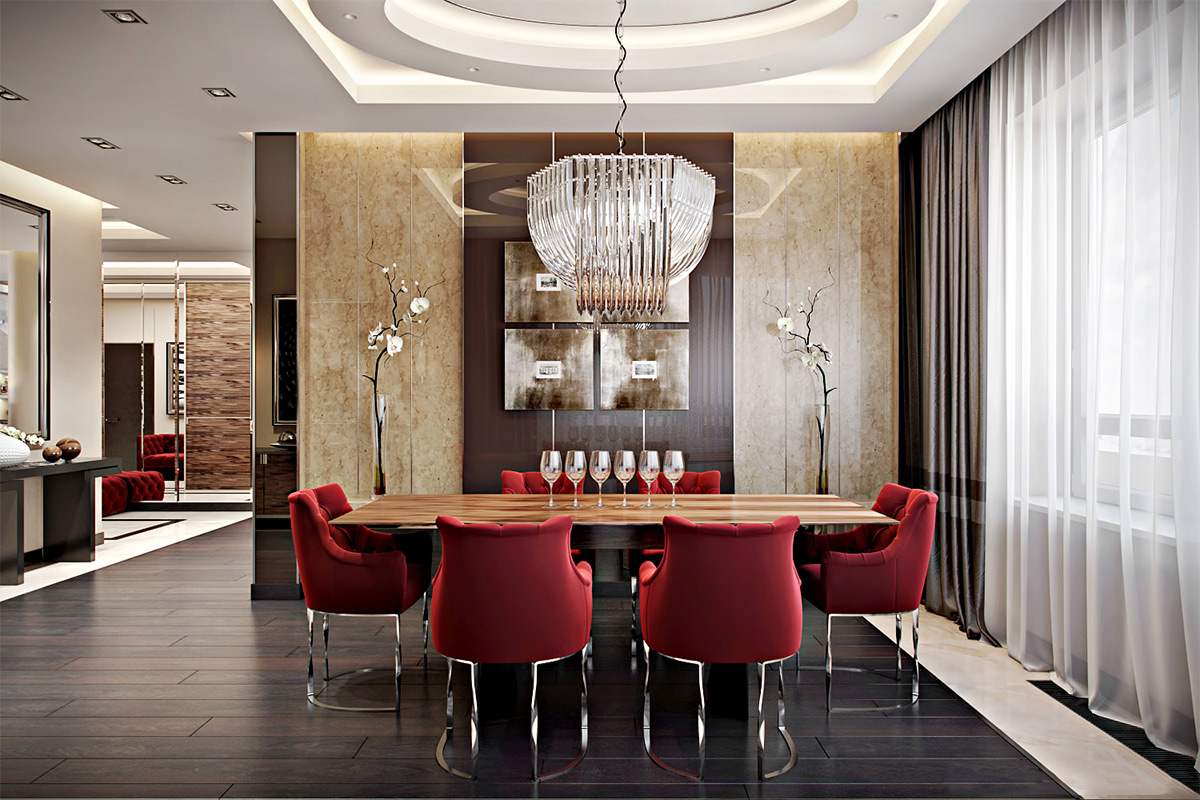
Creating the Perfect Ambiance
 When it comes to designing a dining room wall, many homeowners focus on the color scheme, furniture, and decor. While these elements are important, one crucial aspect that often gets overlooked is lighting. Lighting can make or break the overall design of a dining room, as it not only provides illumination but also sets the mood and ambiance of the space. Therefore, it is essential to consider the lighting design when planning a dining room wall.
Proper Lighting Enhances the Dining Experience
A well-lit dining room creates a welcoming and inviting atmosphere for family and guests. It is essential to have a mix of ambient, task, and accent lighting to ensure that the room is properly illuminated for different activities such as dining, reading, or hosting gatherings. The right lighting can enhance the colors and textures of the dining room wall, making the space look more vibrant and visually appealing.
When it comes to designing a dining room wall, many homeowners focus on the color scheme, furniture, and decor. While these elements are important, one crucial aspect that often gets overlooked is lighting. Lighting can make or break the overall design of a dining room, as it not only provides illumination but also sets the mood and ambiance of the space. Therefore, it is essential to consider the lighting design when planning a dining room wall.
Proper Lighting Enhances the Dining Experience
A well-lit dining room creates a welcoming and inviting atmosphere for family and guests. It is essential to have a mix of ambient, task, and accent lighting to ensure that the room is properly illuminated for different activities such as dining, reading, or hosting gatherings. The right lighting can enhance the colors and textures of the dining room wall, making the space look more vibrant and visually appealing.
Highlighting the Dining Room Wall
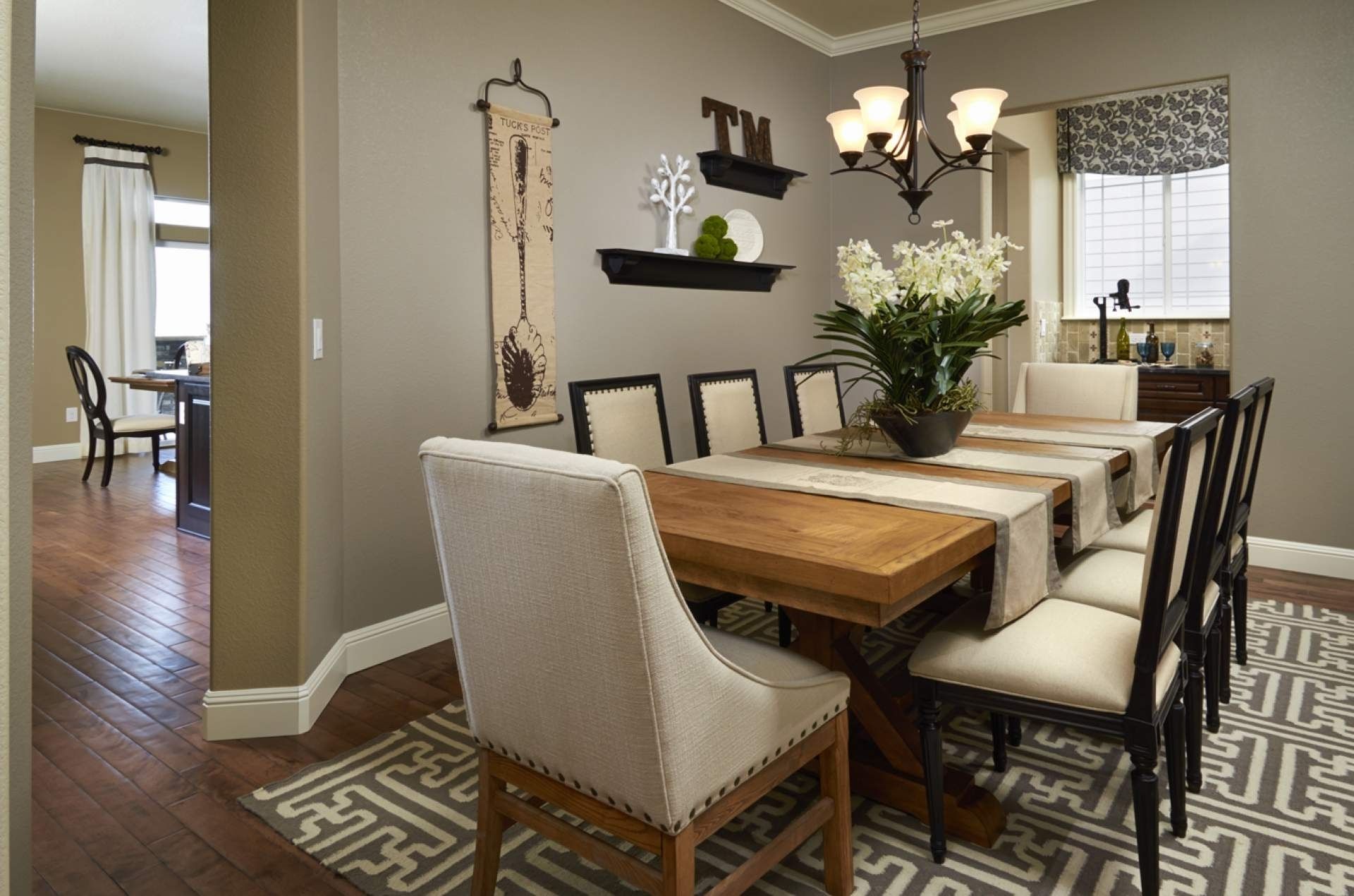 A dining room wall is often the focal point of the room, and proper lighting can help highlight its design and features.
Accent lighting
can be used to draw attention to specific areas of the wall, such as a piece of artwork or a decorative feature. This type of lighting adds depth and dimension to the wall, making it more visually appealing. It also allows homeowners to showcase their personal style and add a touch of uniqueness to their dining room.
Creating a Mood
The right lighting can help create the perfect mood for any dining experience.
Dimmable lights
are a great option for dining rooms as they allow homeowners to adjust the brightness according to the occasion. For a romantic dinner, dim the lights for a cozy and intimate ambiance. For a family gathering, brighten up the room to create a lively and cheerful atmosphere. With the right lighting, homeowners can set the perfect mood for any occasion.
A dining room wall is often the focal point of the room, and proper lighting can help highlight its design and features.
Accent lighting
can be used to draw attention to specific areas of the wall, such as a piece of artwork or a decorative feature. This type of lighting adds depth and dimension to the wall, making it more visually appealing. It also allows homeowners to showcase their personal style and add a touch of uniqueness to their dining room.
Creating a Mood
The right lighting can help create the perfect mood for any dining experience.
Dimmable lights
are a great option for dining rooms as they allow homeowners to adjust the brightness according to the occasion. For a romantic dinner, dim the lights for a cozy and intimate ambiance. For a family gathering, brighten up the room to create a lively and cheerful atmosphere. With the right lighting, homeowners can set the perfect mood for any occasion.
Incorporating Natural Light
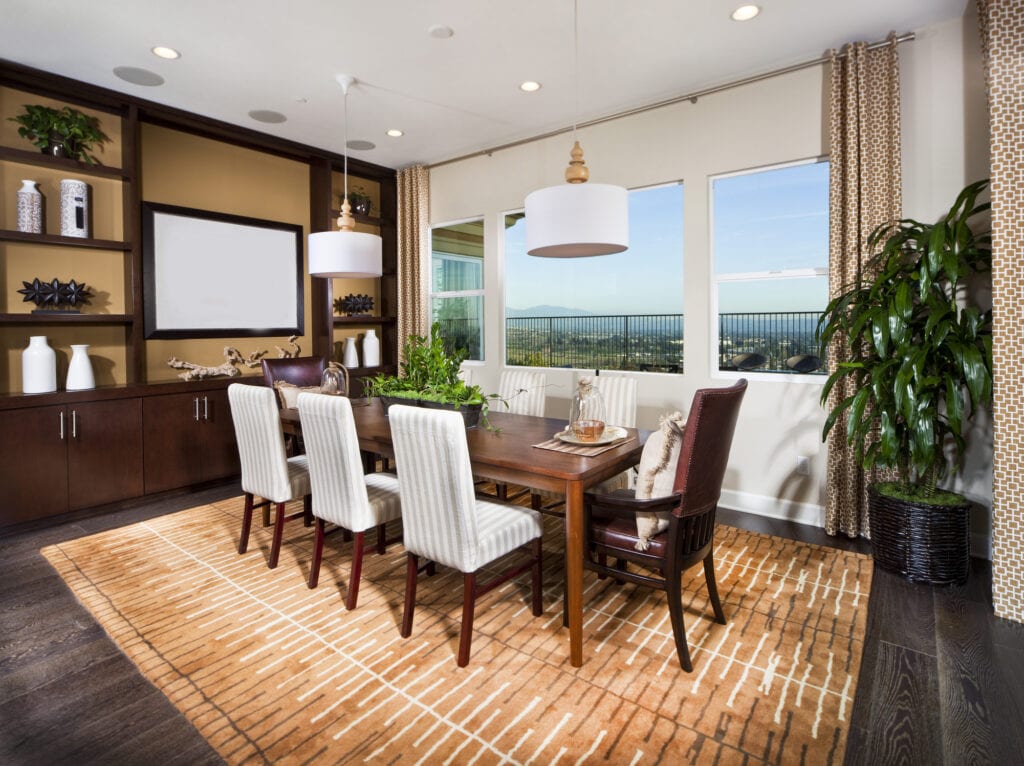 Natural light is a crucial element in any room, and it can be used to enhance the design of a dining room wall.
Large windows
or
skylights
can bring in natural light, making the space feel brighter and more spacious. Natural light also adds warmth and can highlight the colors and textures of the wall. It is essential to consider the direction of the windows, as it can affect the amount and quality of natural light in the room.
In conclusion, proper lighting is a crucial aspect of designing a dining room wall. It not only provides illumination but also sets the mood and ambiance of the space. Incorporating a mix of ambient, task, and accent lighting can enhance the dining experience and highlight the design of the wall. So, next time you plan on designing a dining room wall, don't forget to consider the lighting design for the perfect finishing touch.
Natural light is a crucial element in any room, and it can be used to enhance the design of a dining room wall.
Large windows
or
skylights
can bring in natural light, making the space feel brighter and more spacious. Natural light also adds warmth and can highlight the colors and textures of the wall. It is essential to consider the direction of the windows, as it can affect the amount and quality of natural light in the room.
In conclusion, proper lighting is a crucial aspect of designing a dining room wall. It not only provides illumination but also sets the mood and ambiance of the space. Incorporating a mix of ambient, task, and accent lighting can enhance the dining experience and highlight the design of the wall. So, next time you plan on designing a dining room wall, don't forget to consider the lighting design for the perfect finishing touch.











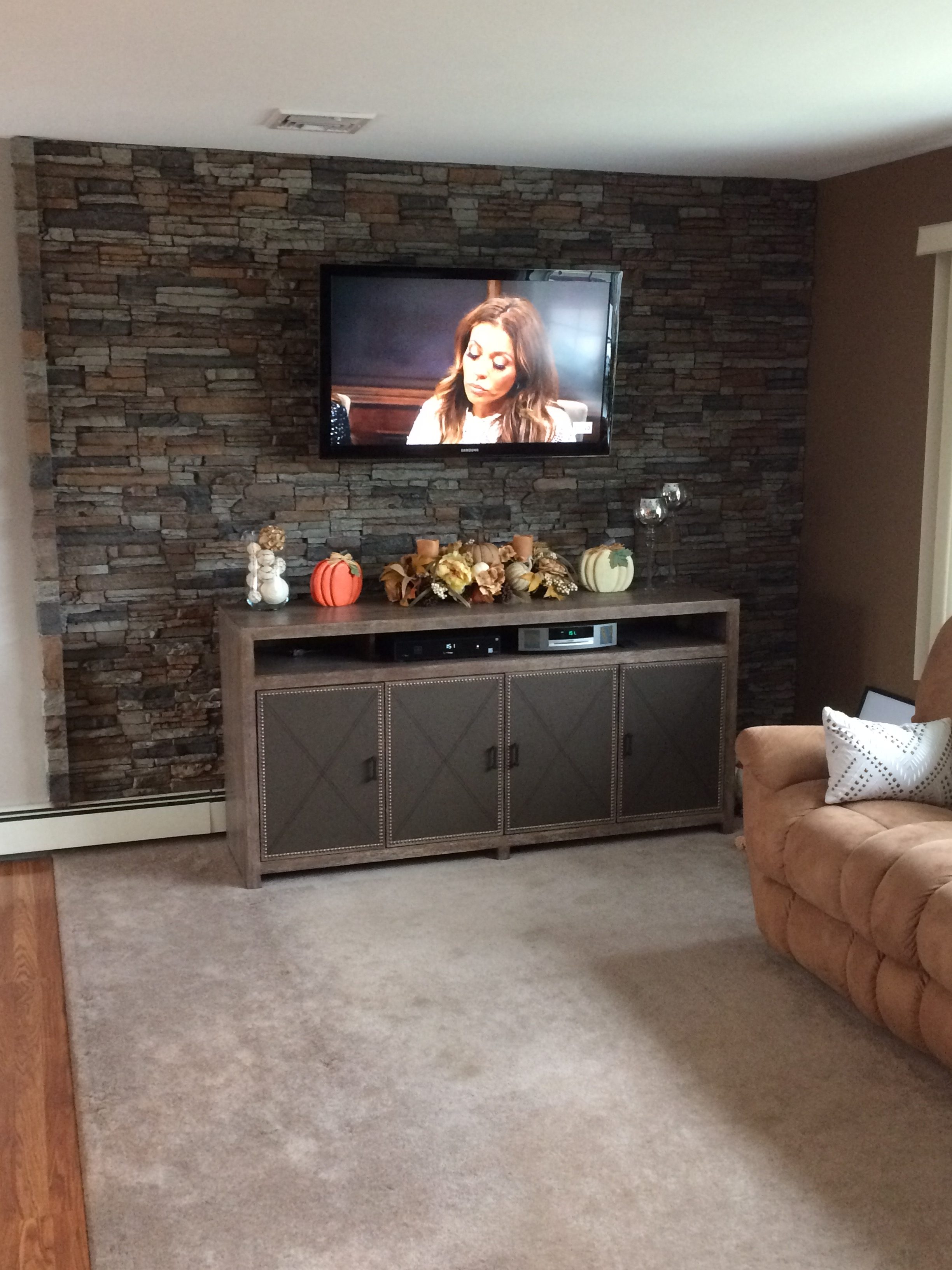

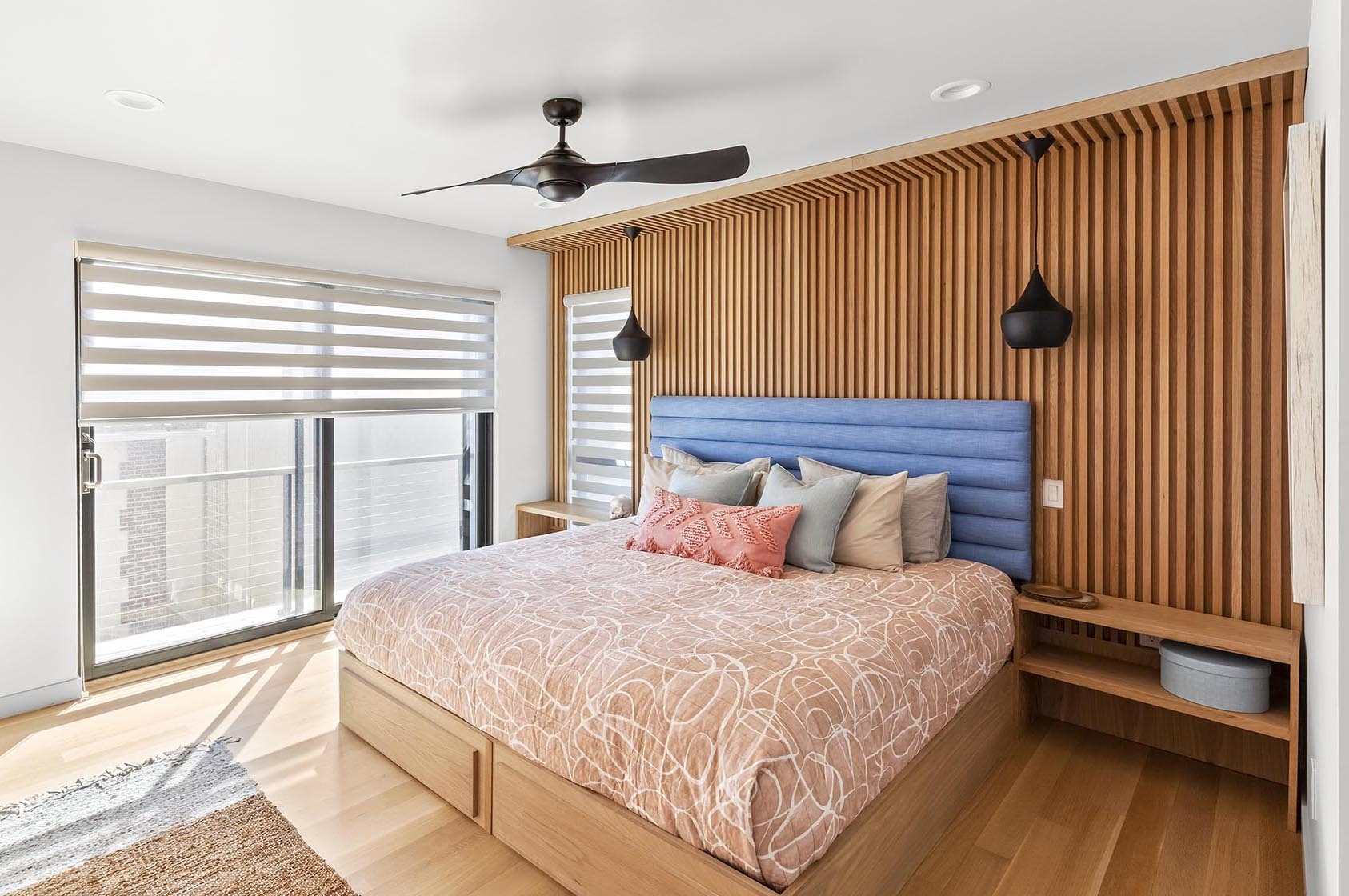
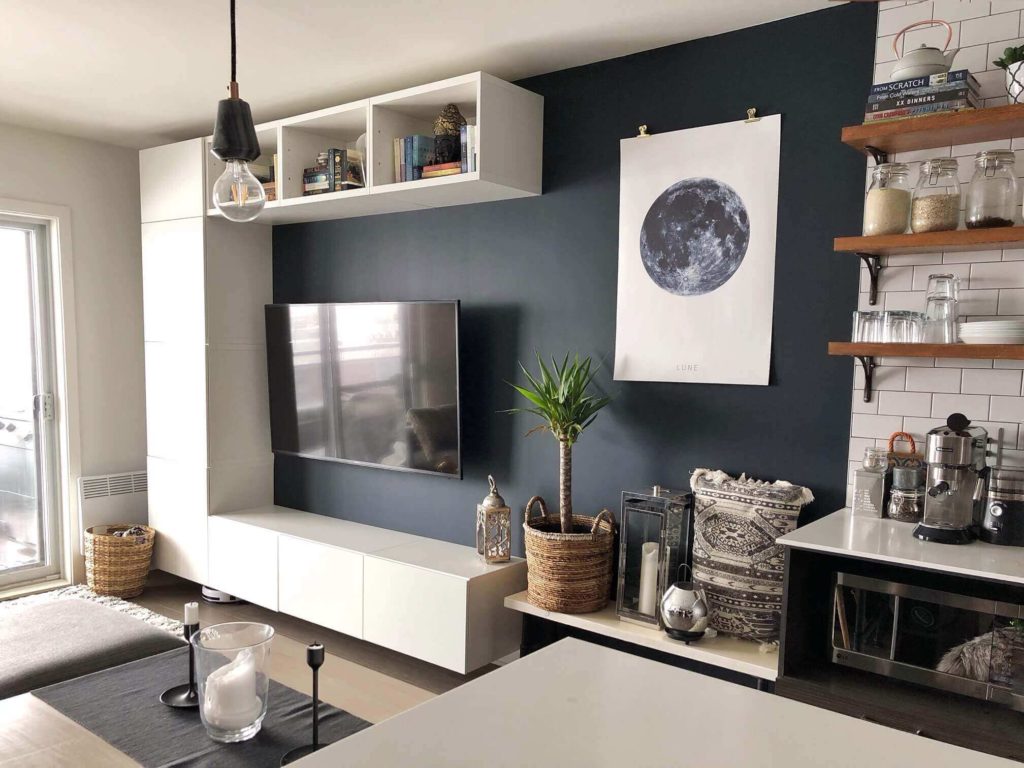
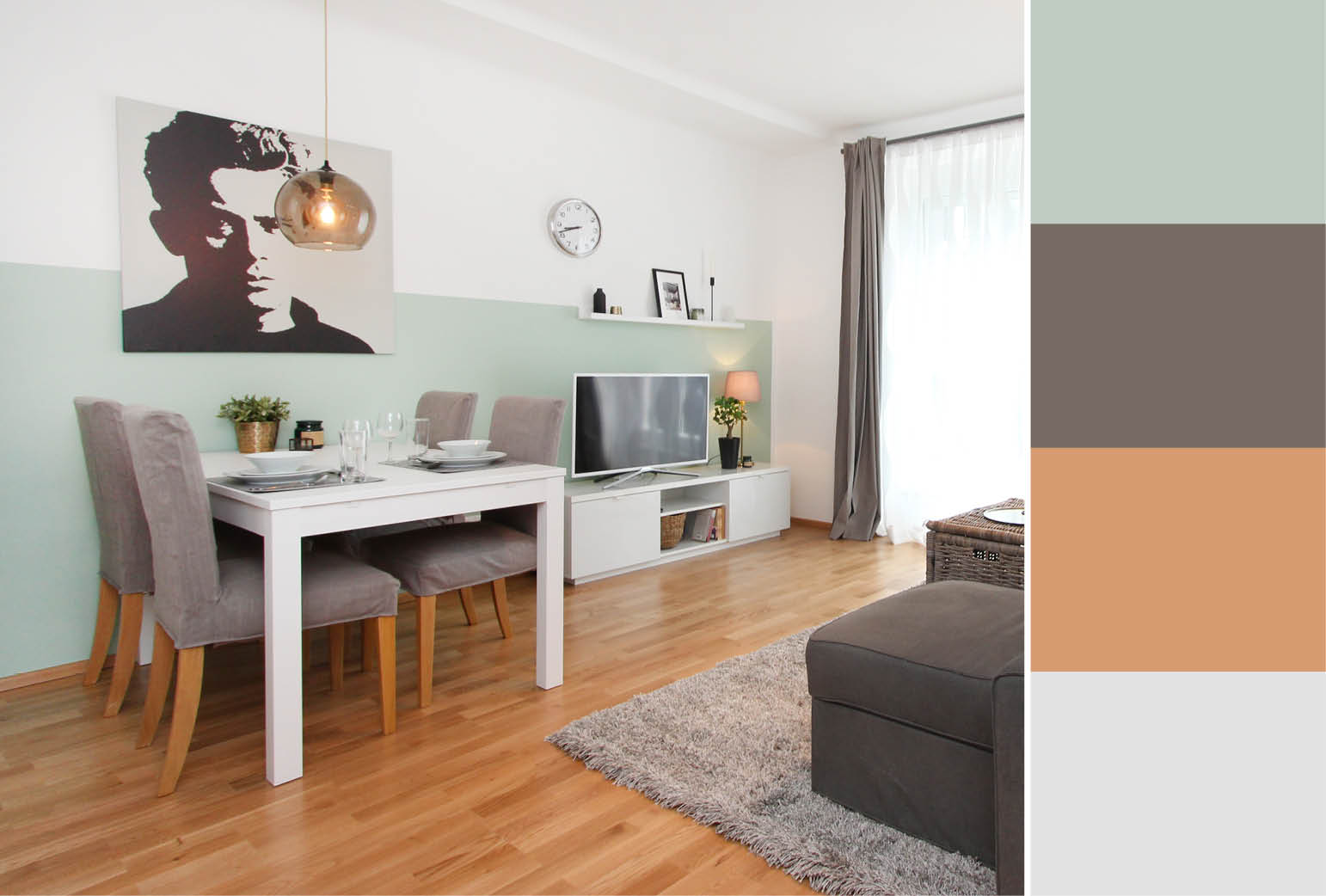

/accent-wall-ideas-1-56b3cb735f9b5829f82c2d18.png)
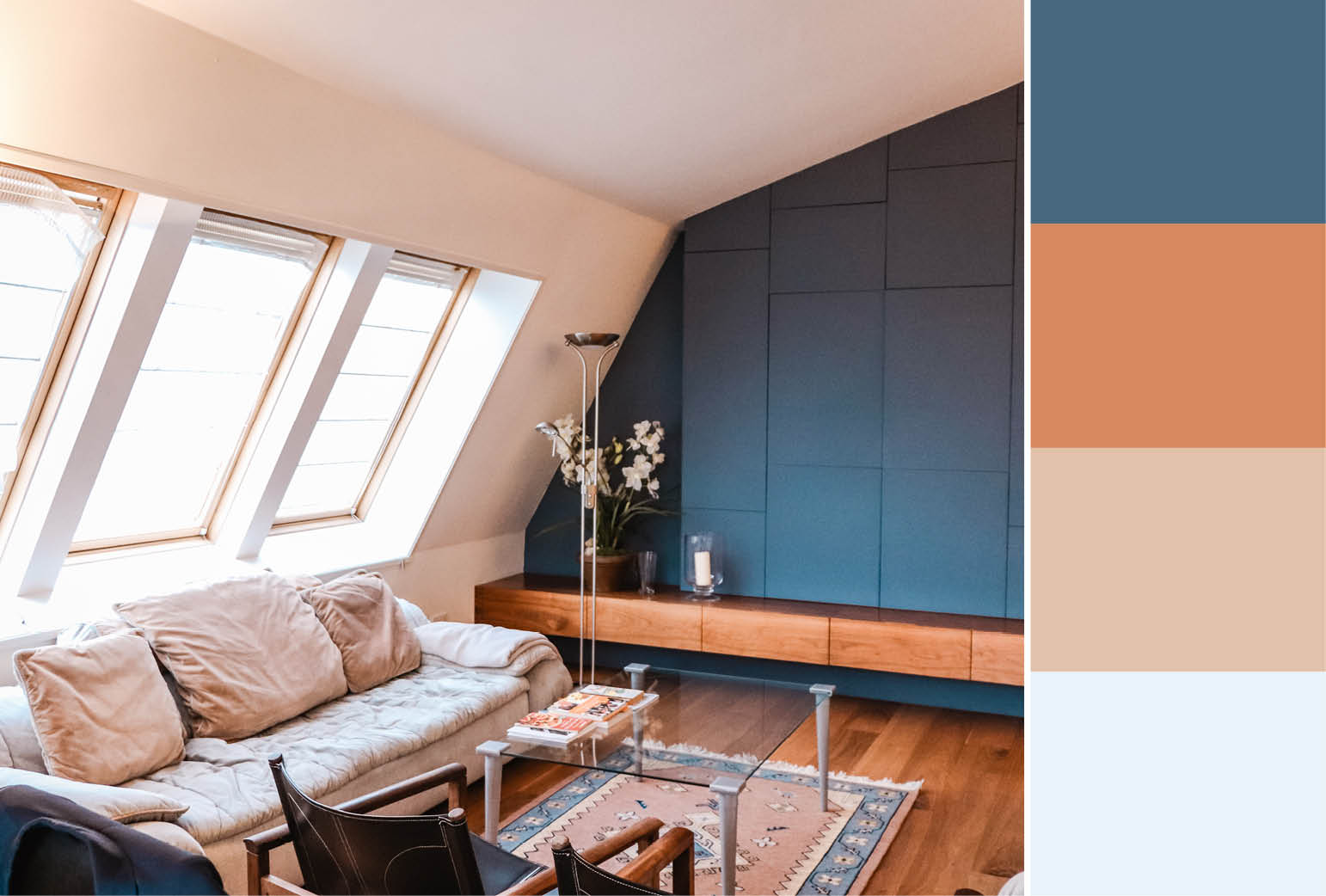
:max_bytes(150000):strip_icc()/Patterned-accent-wall-58e430043df78c5162addf0b.png)







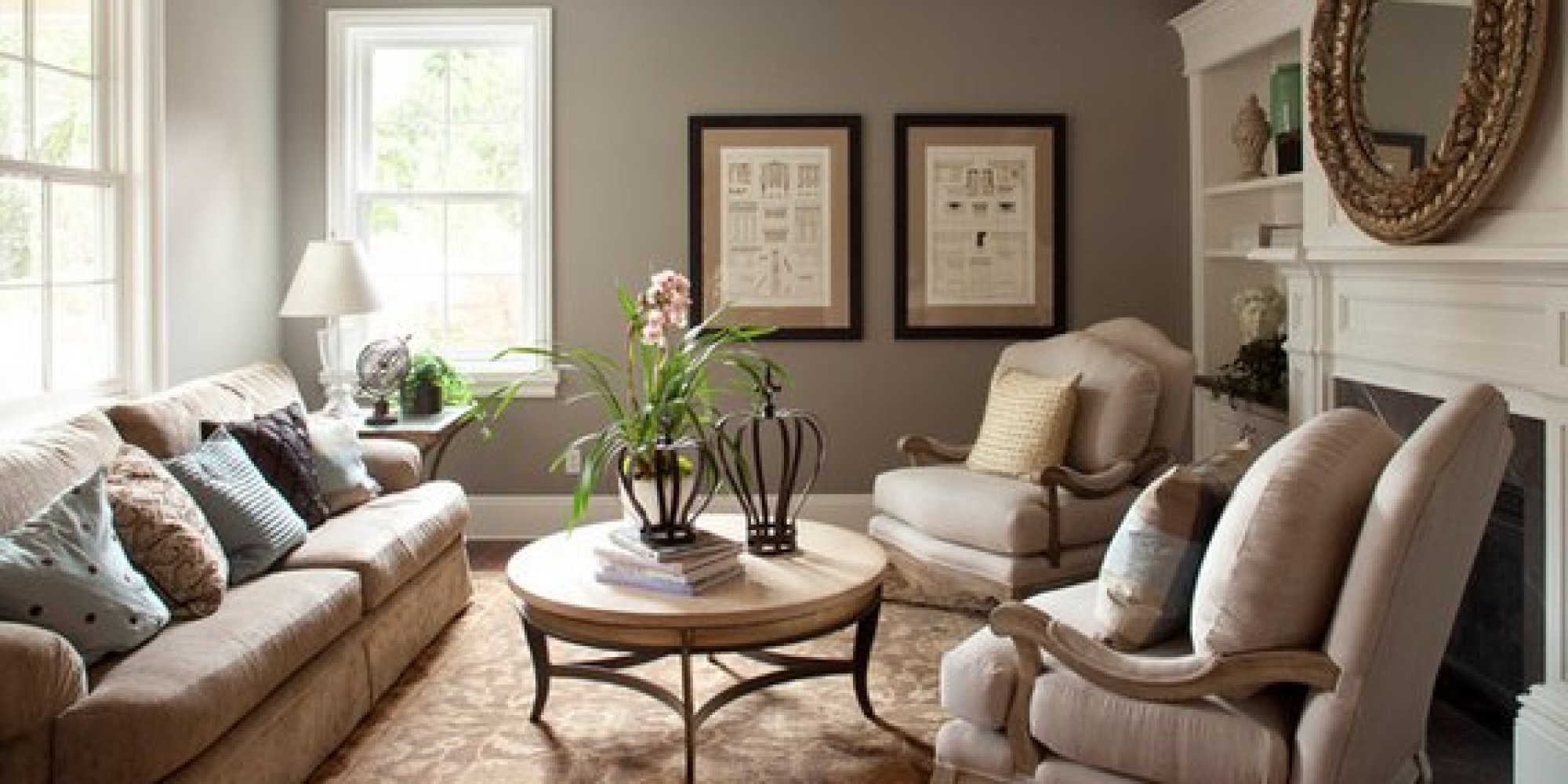
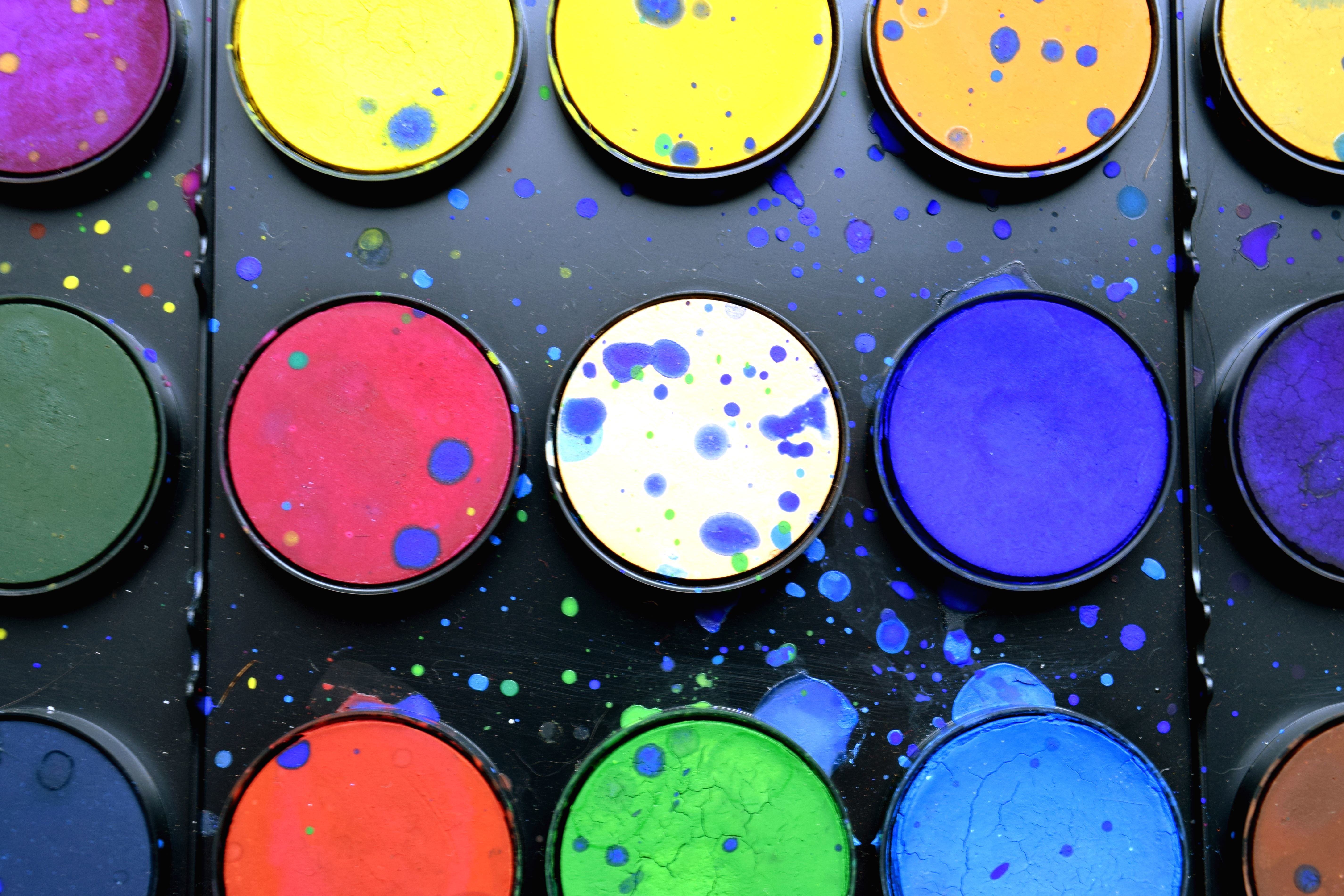

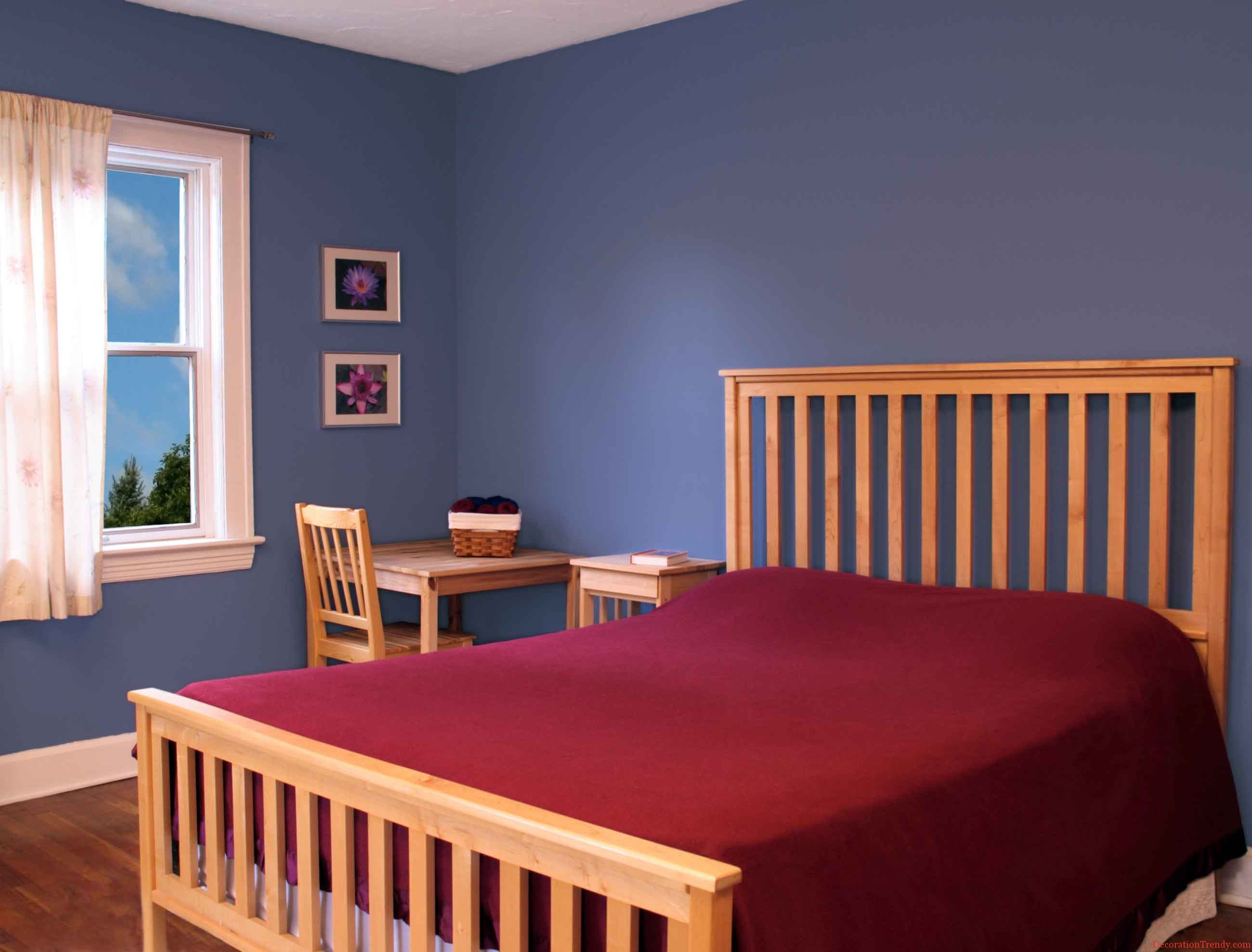
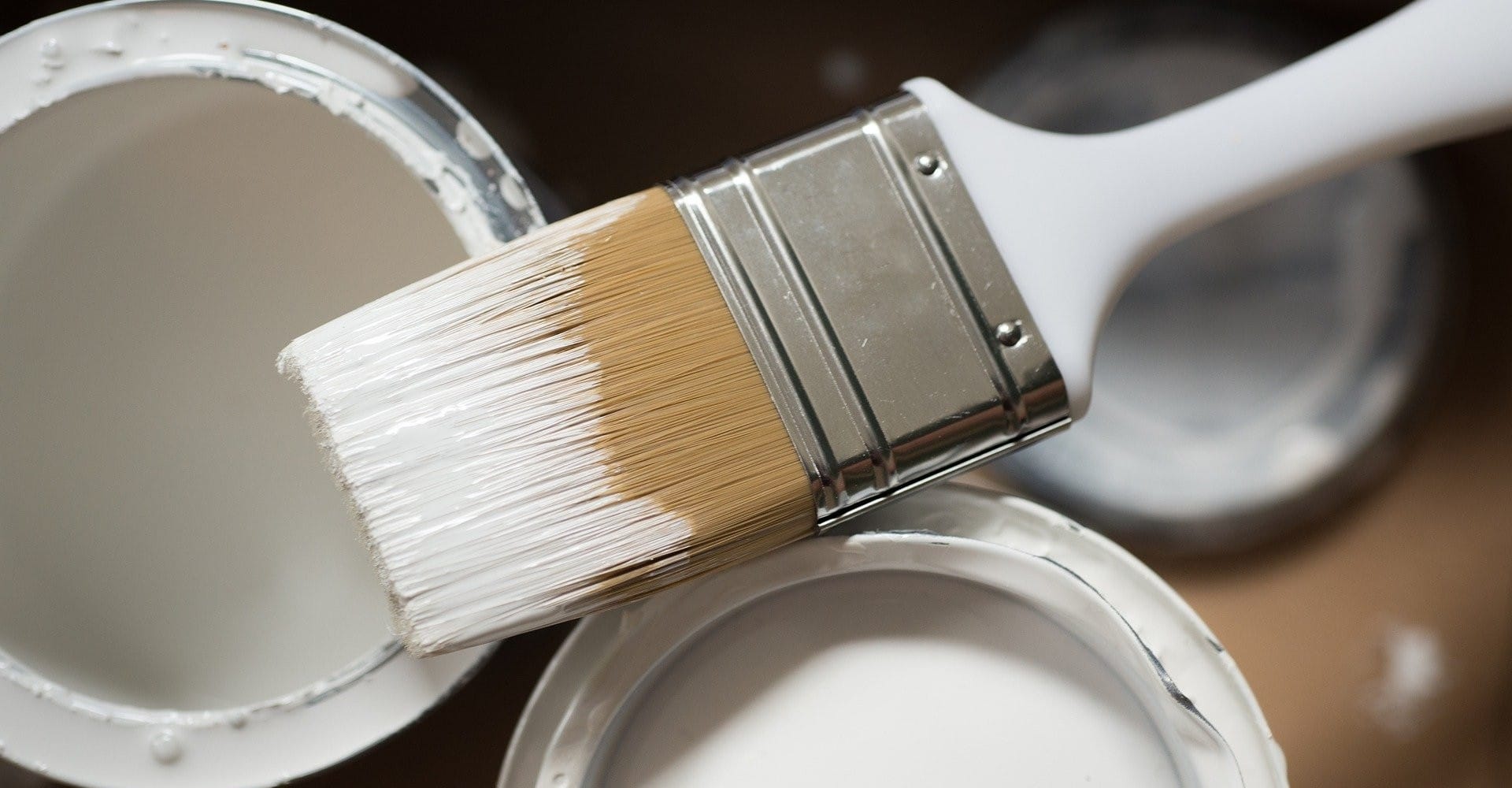



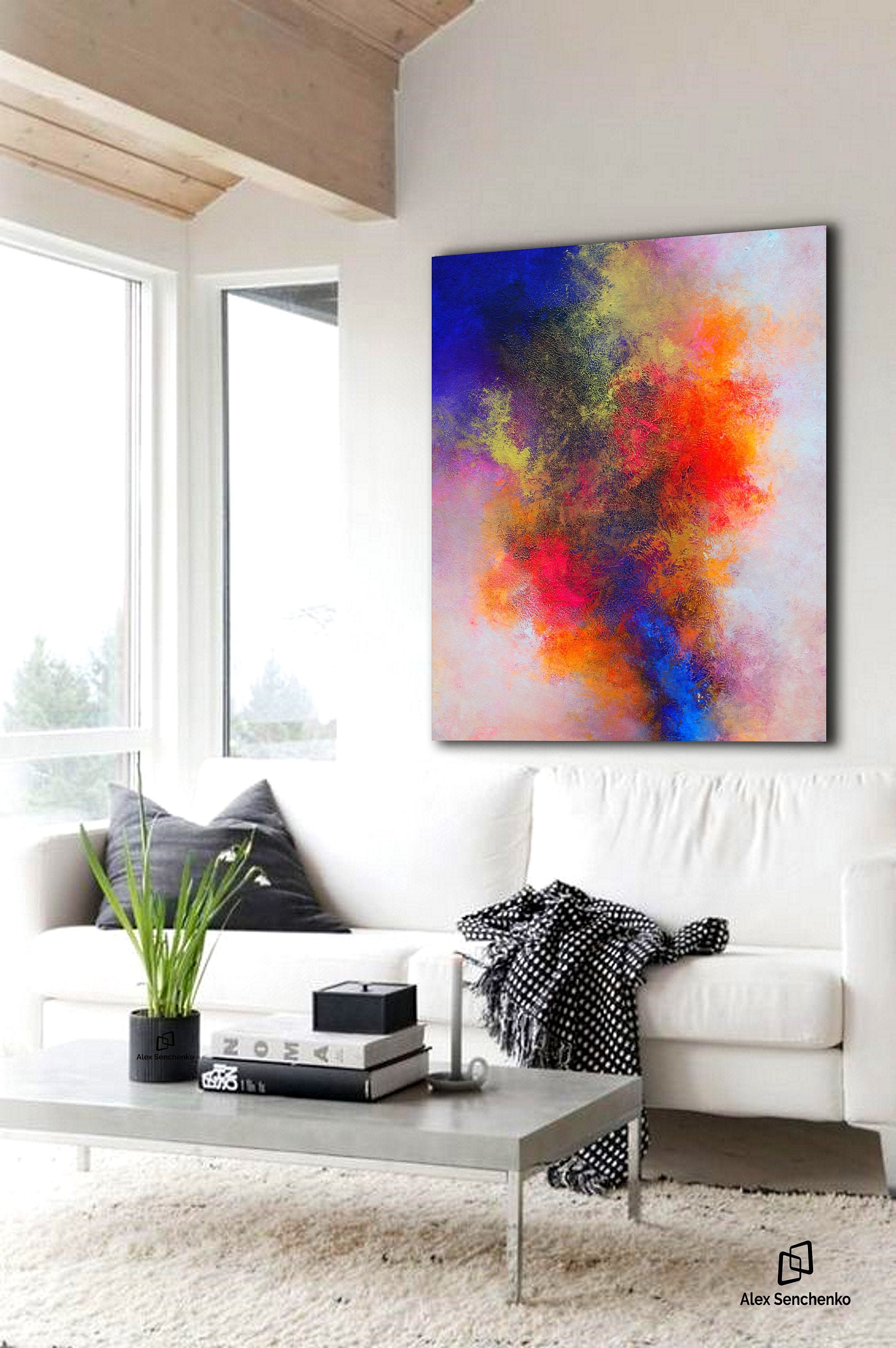
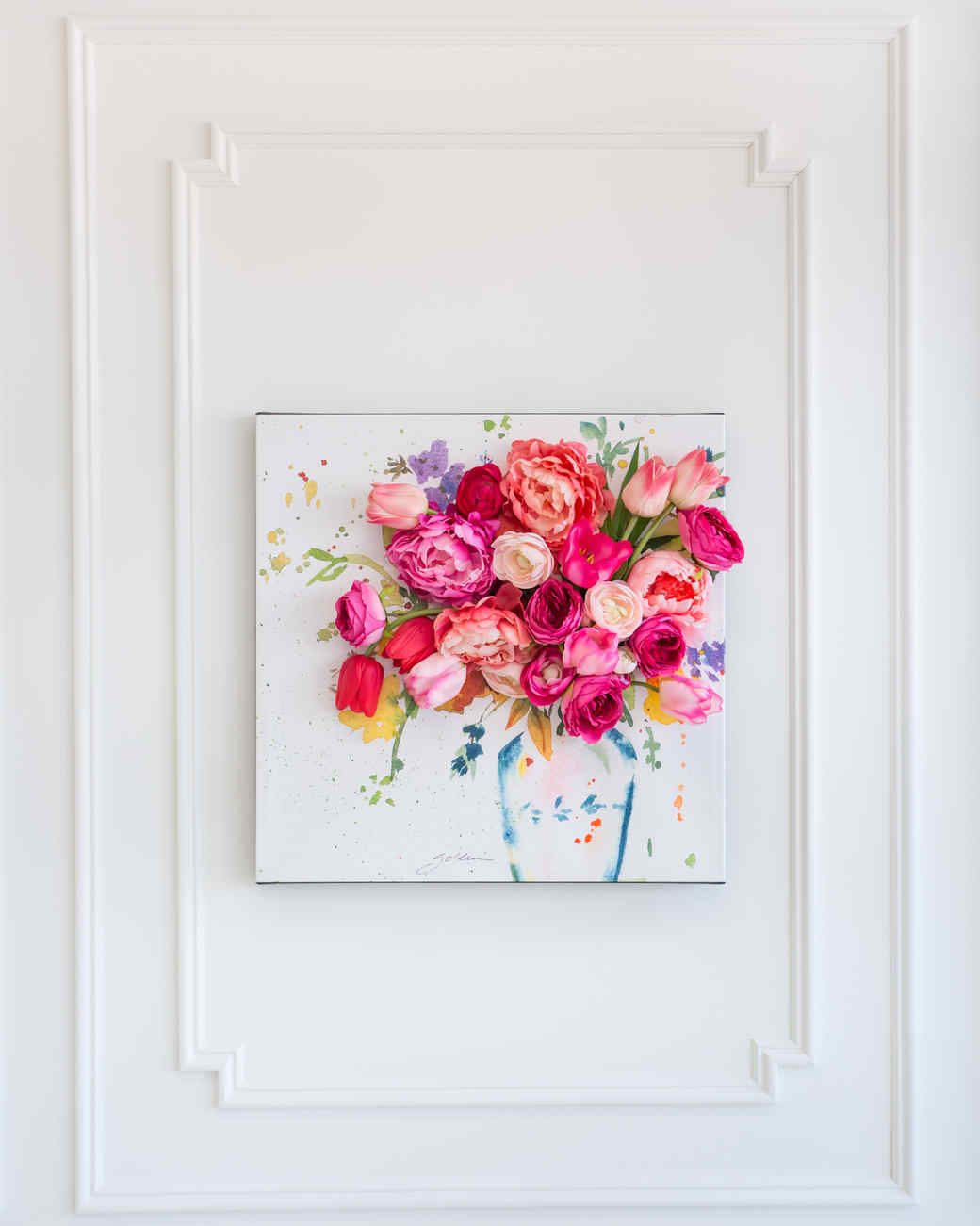


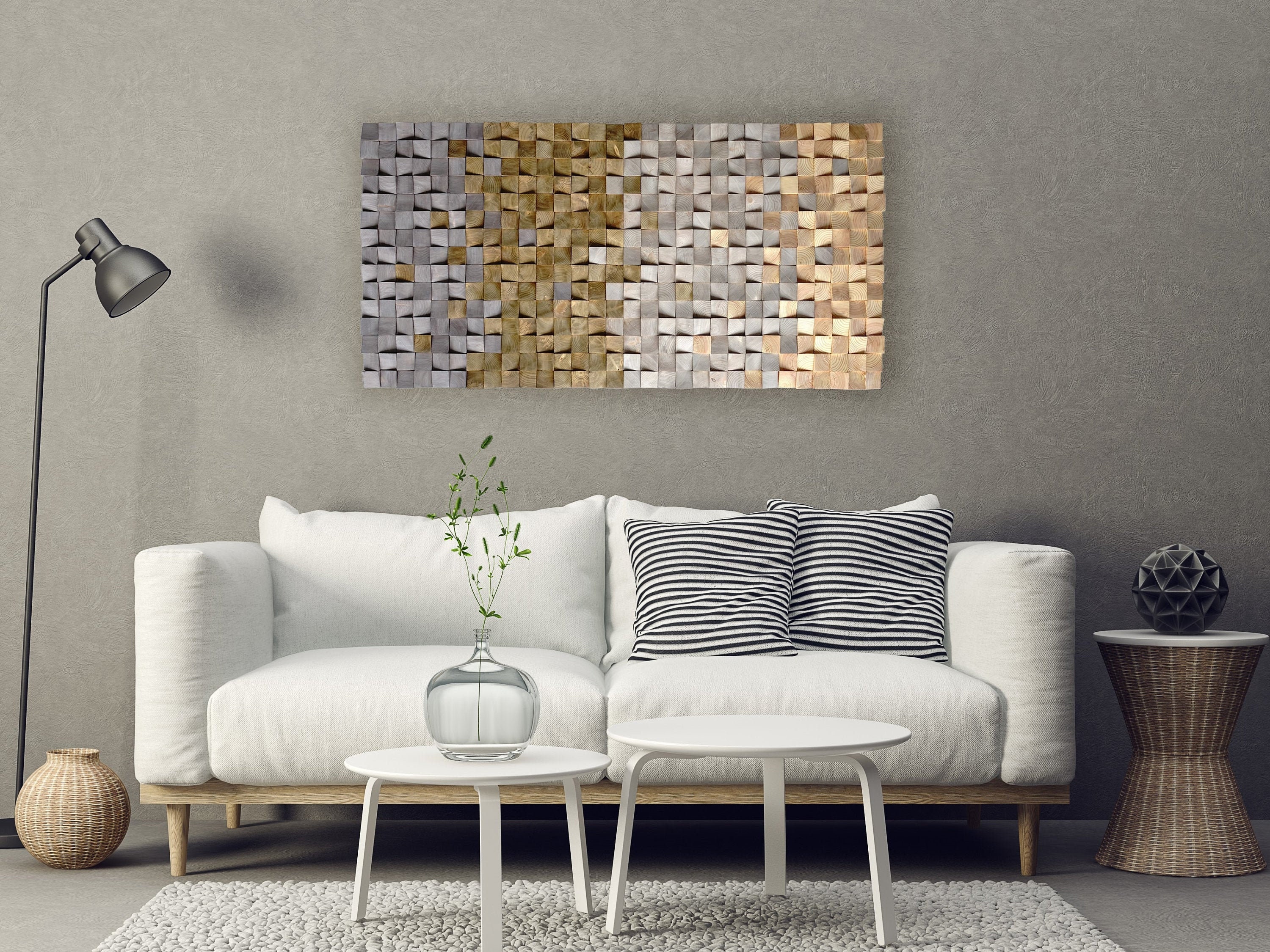
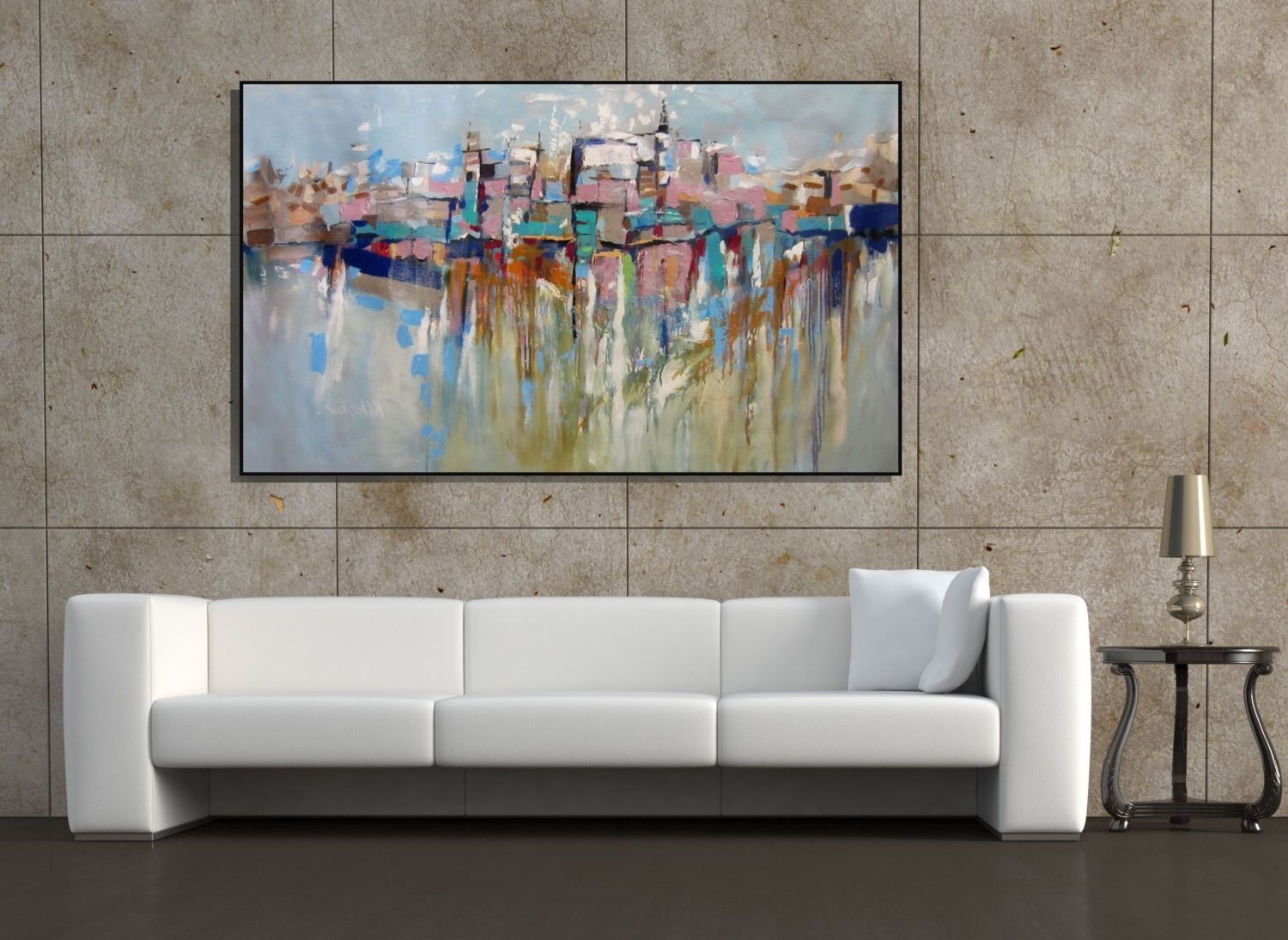
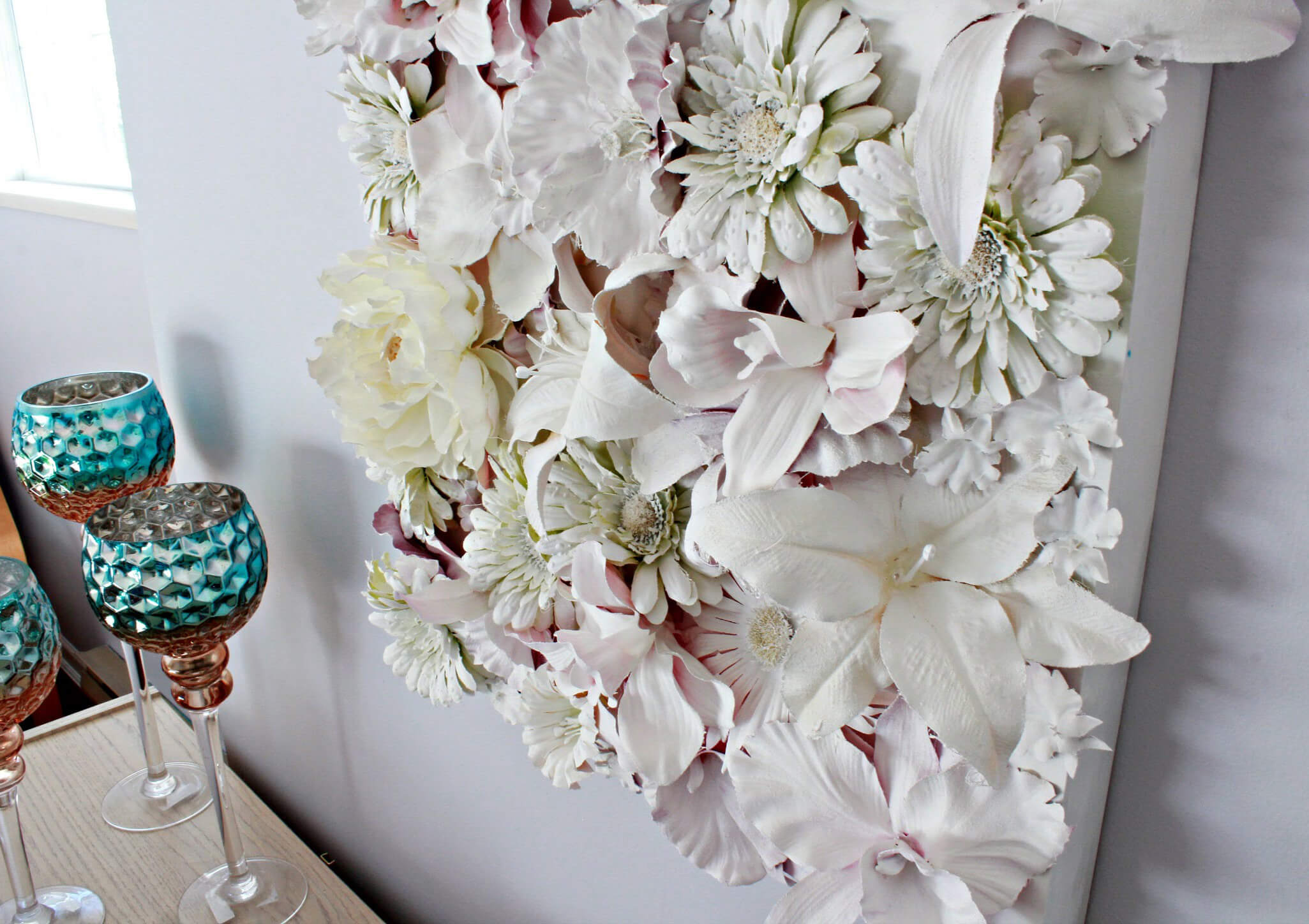



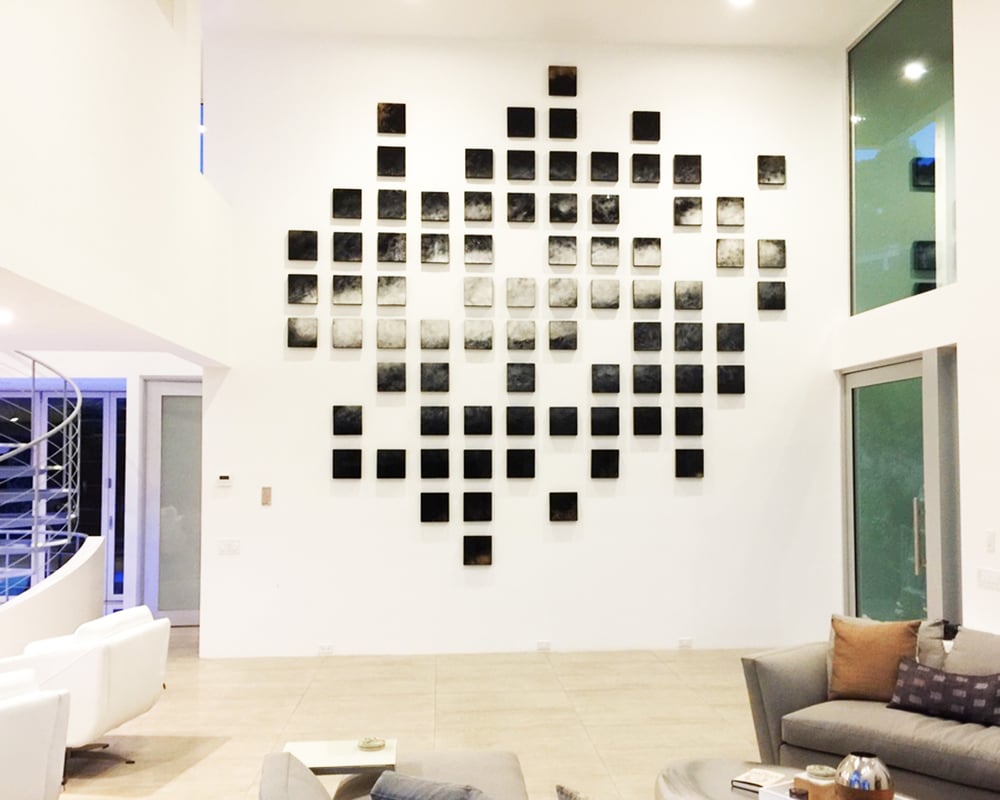




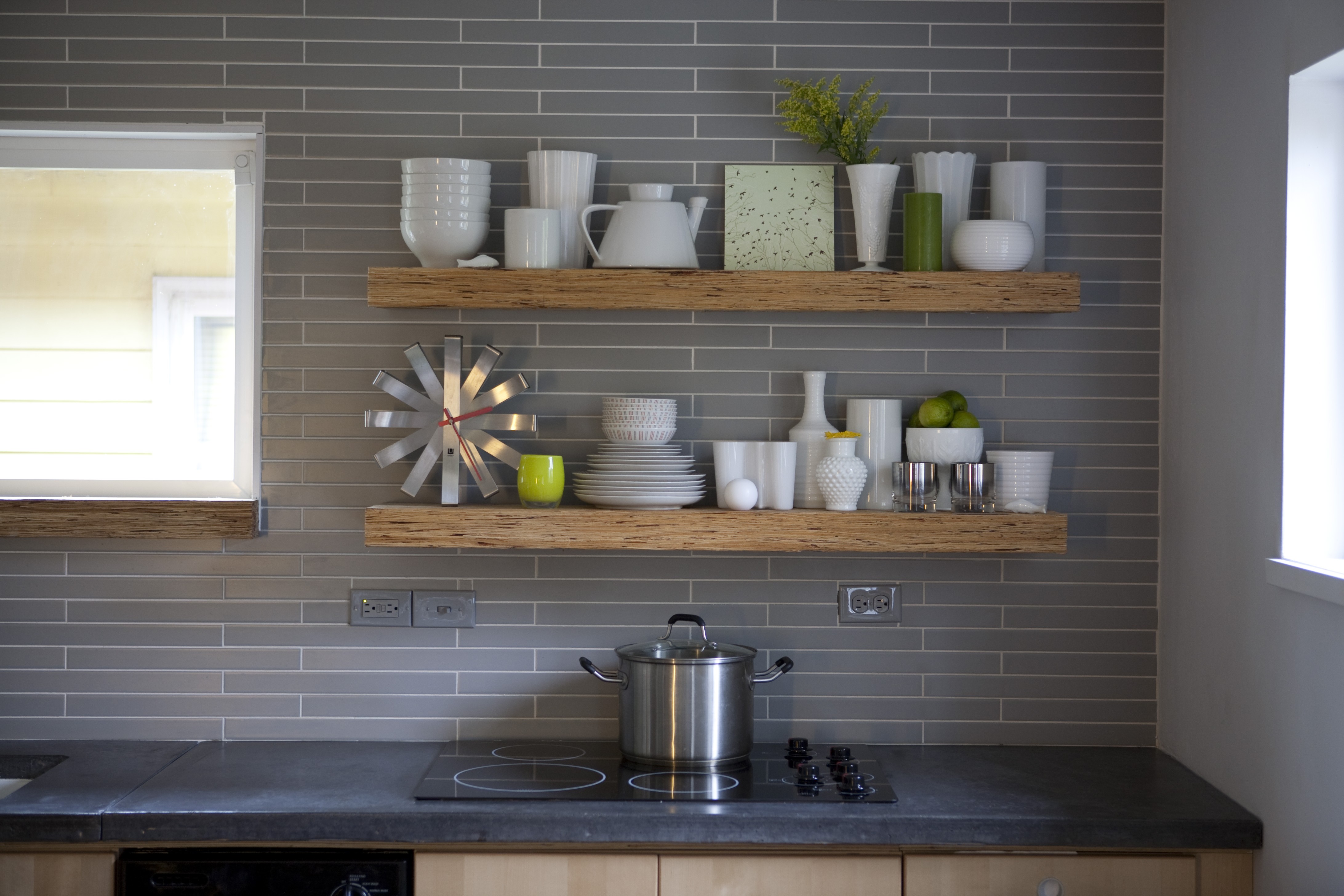

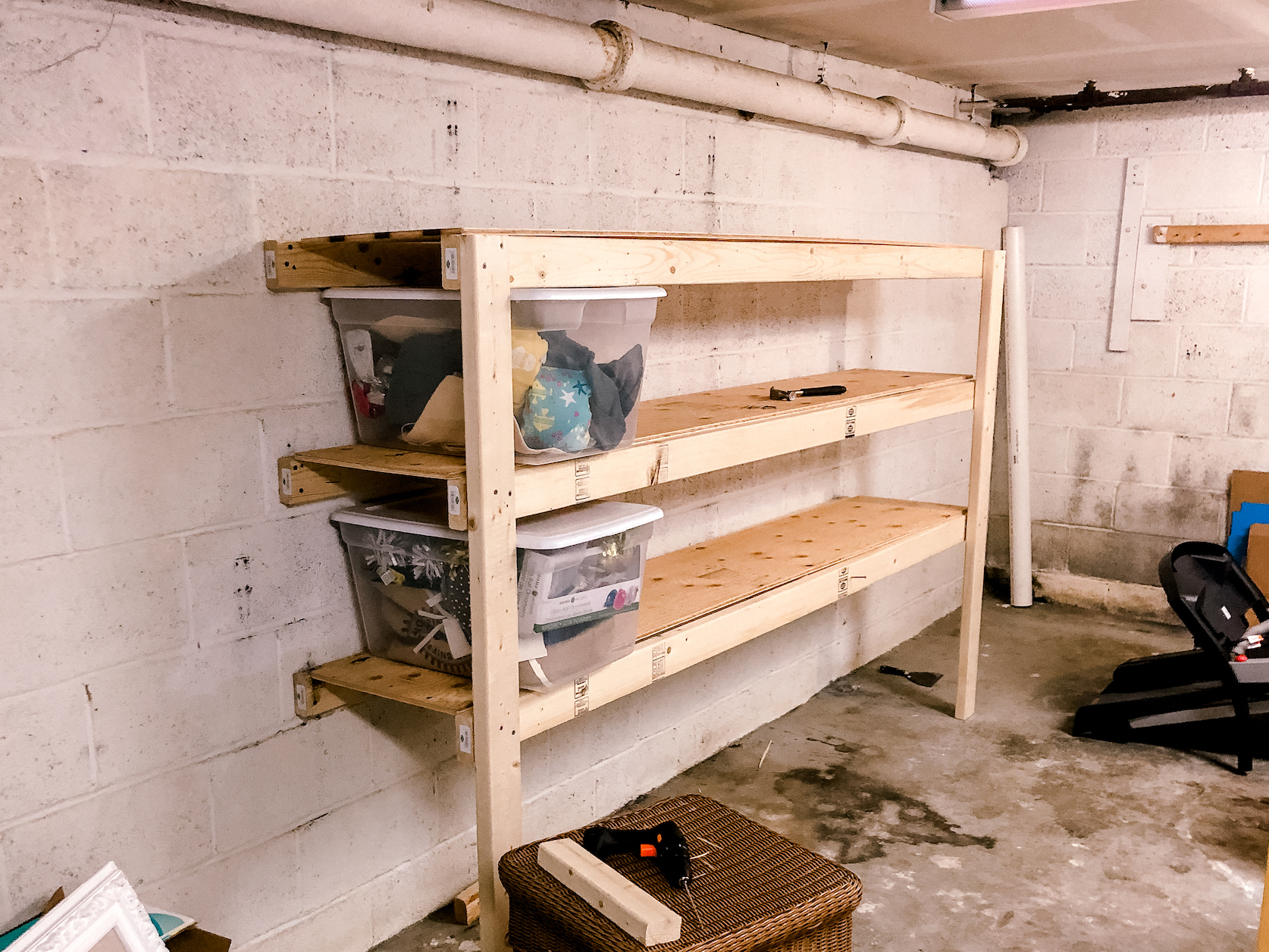
/styling-tips-for-kitchen-shelves-1791464-hero-97717ed2f0834da29569051e9b176b8d.jpg)
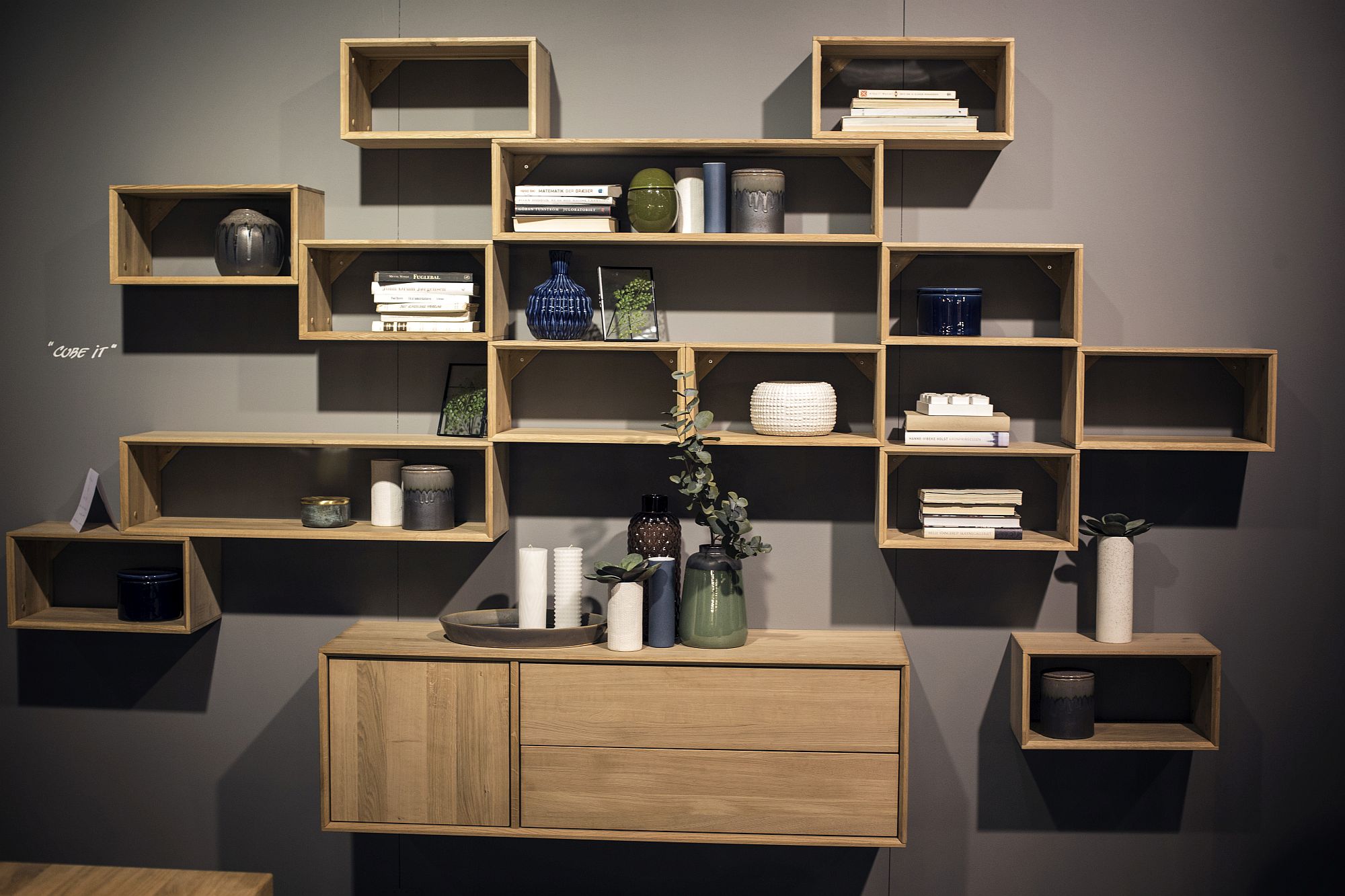


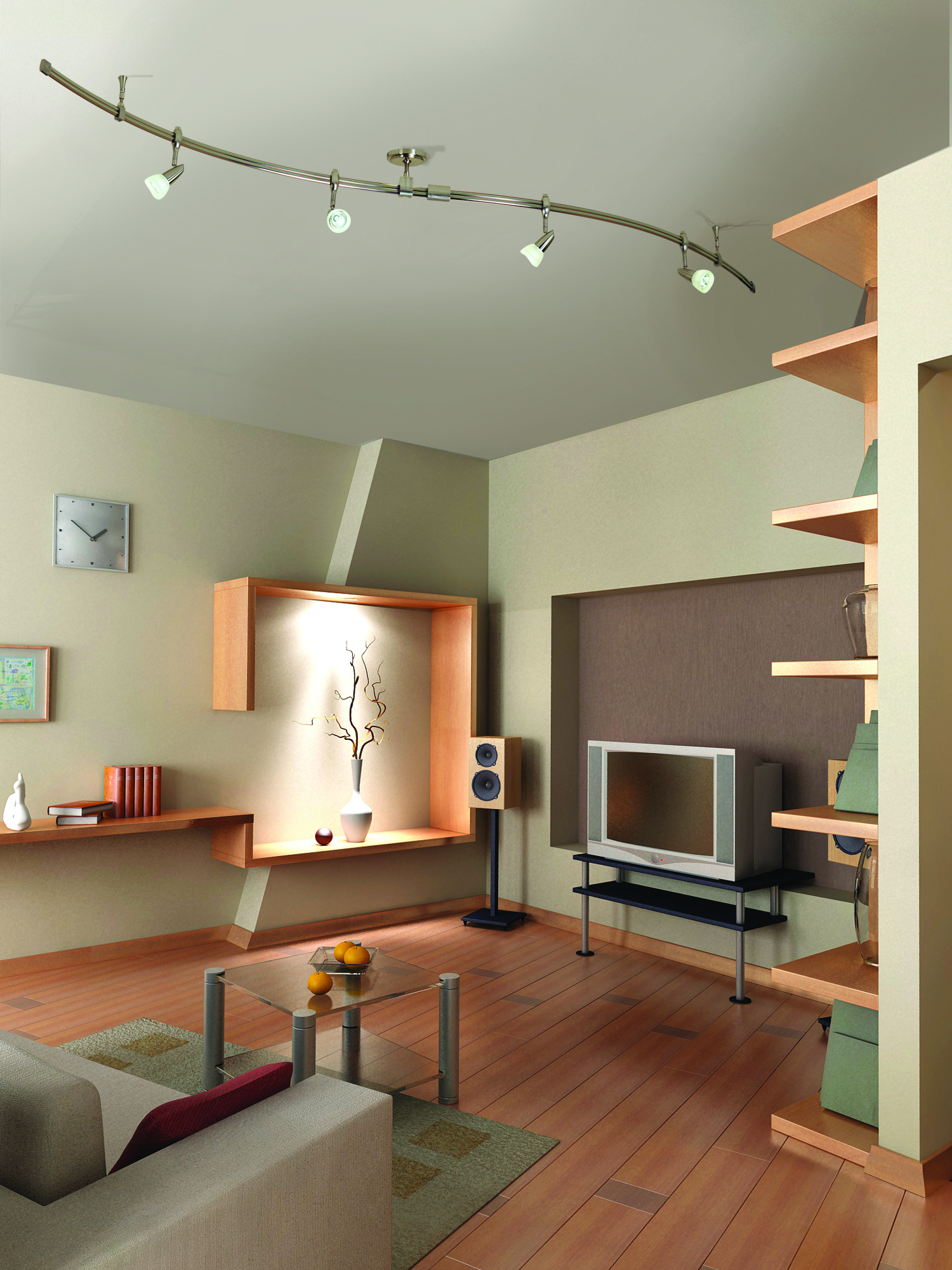


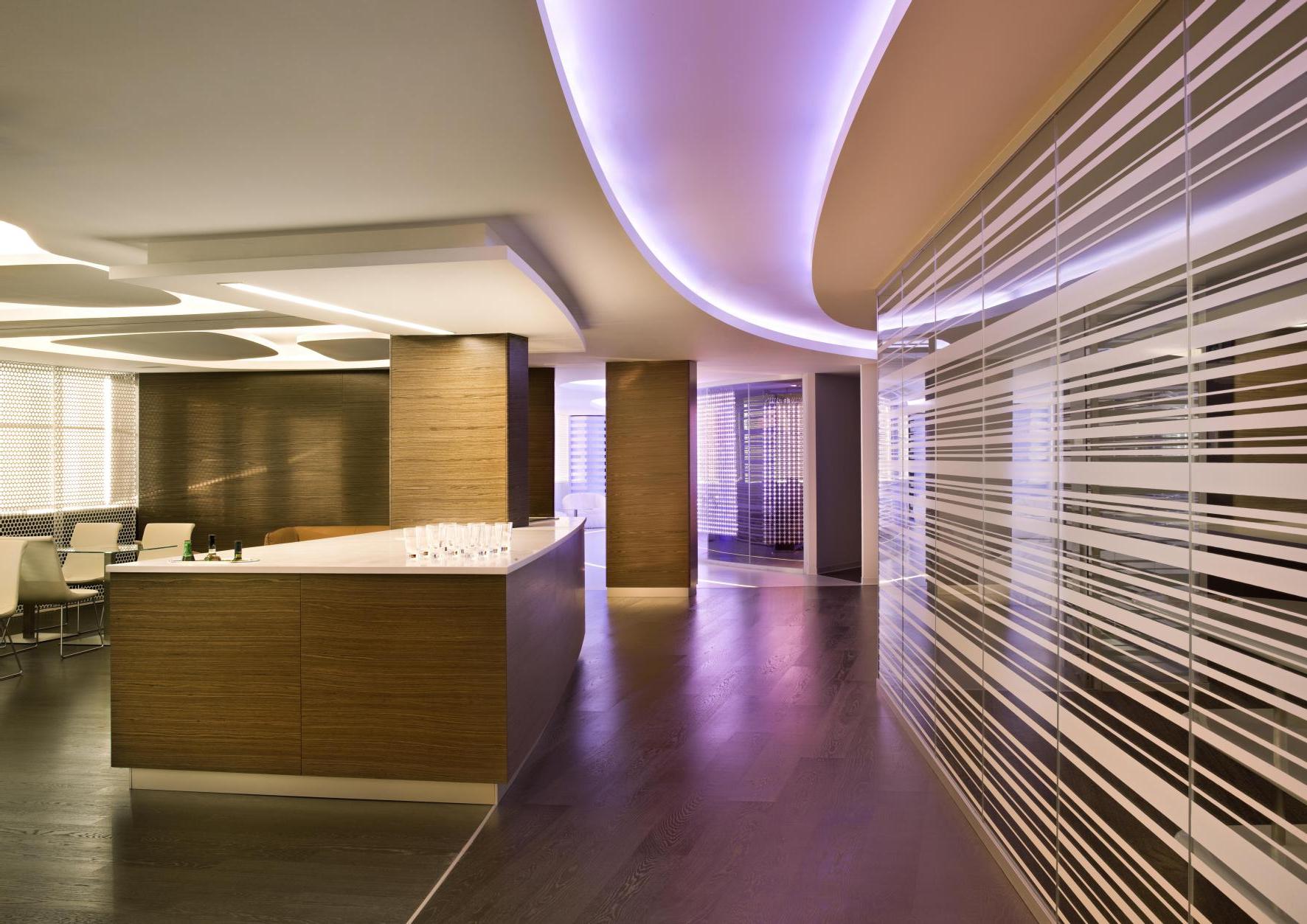
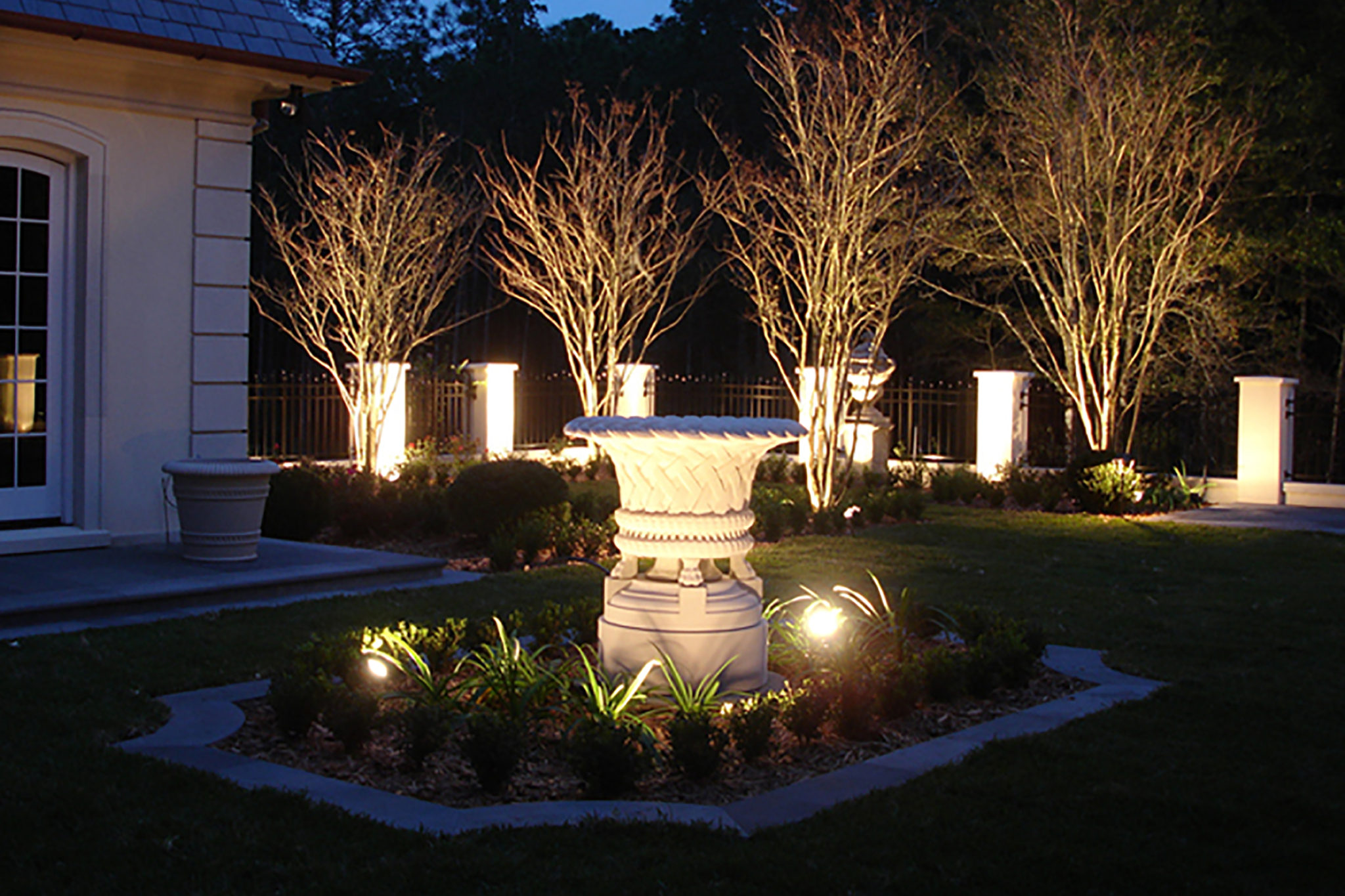
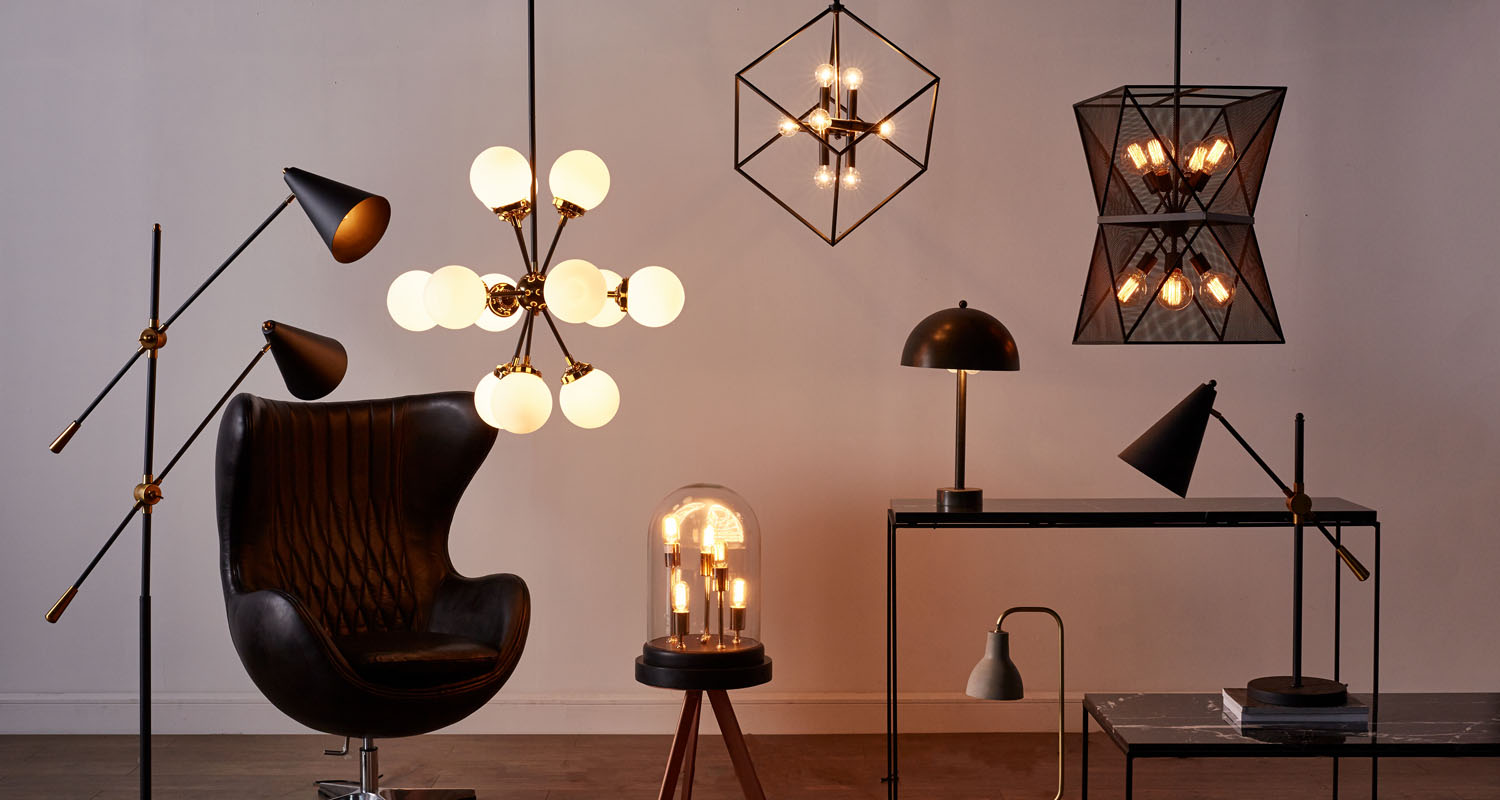
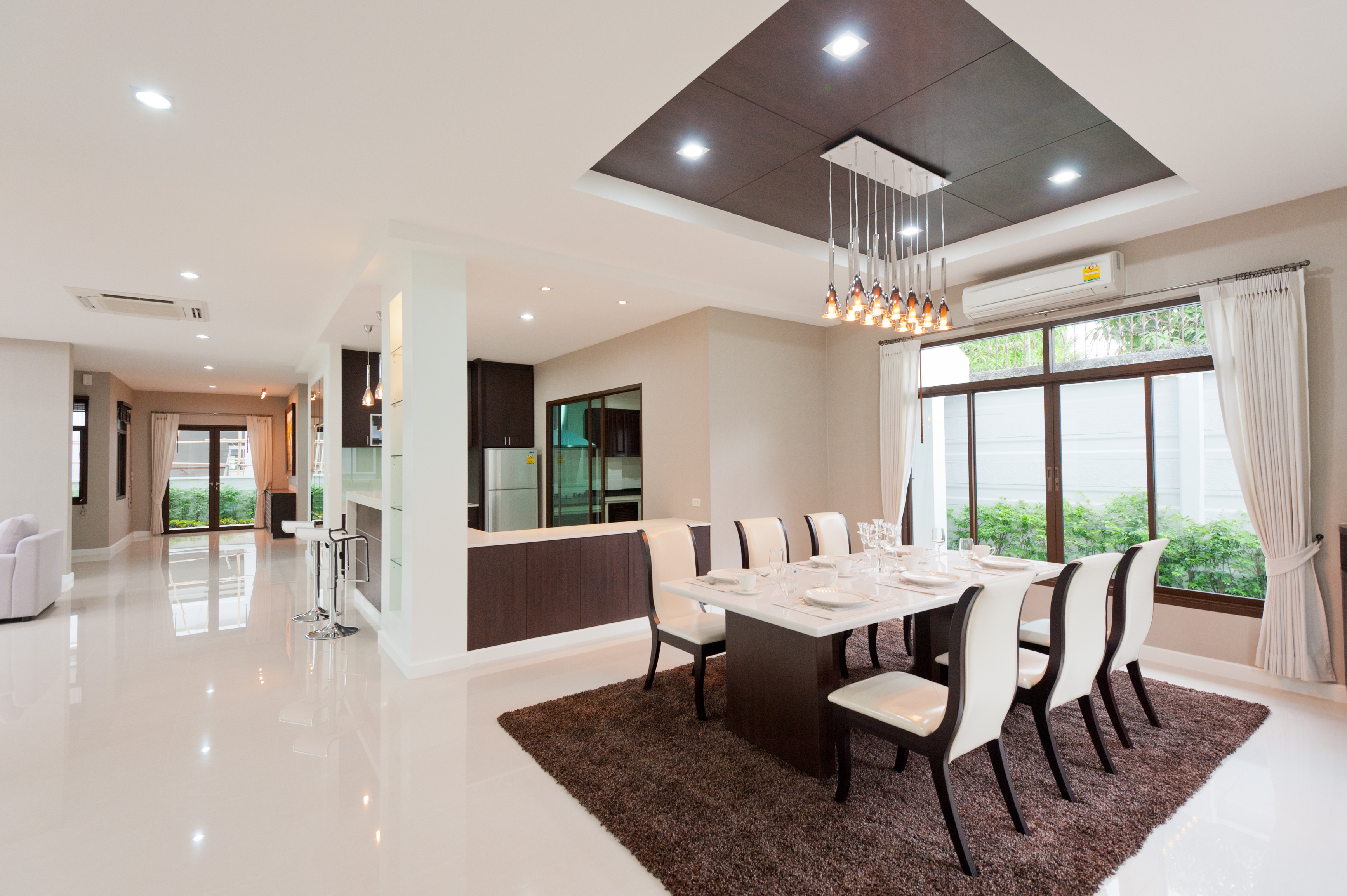

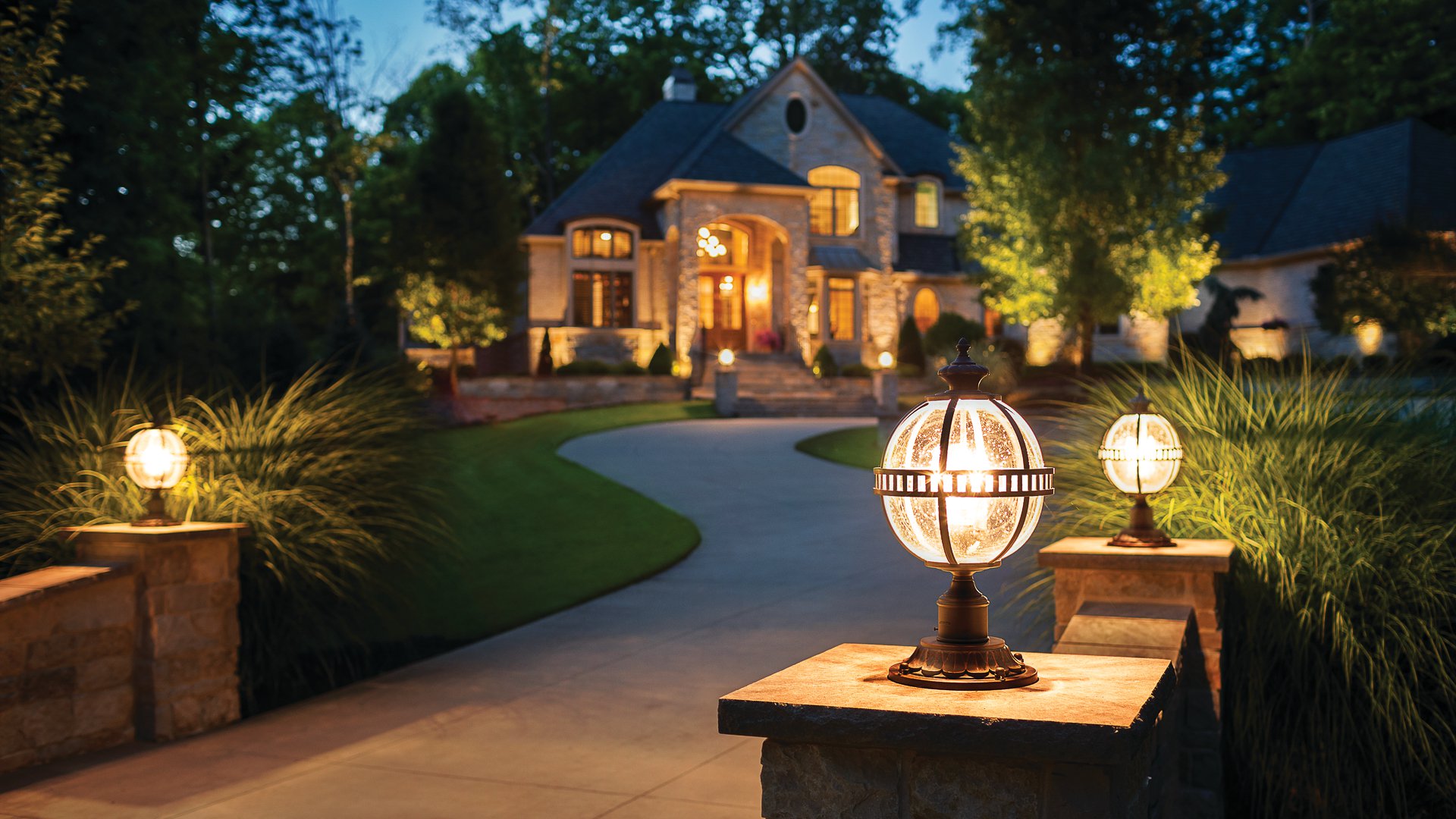
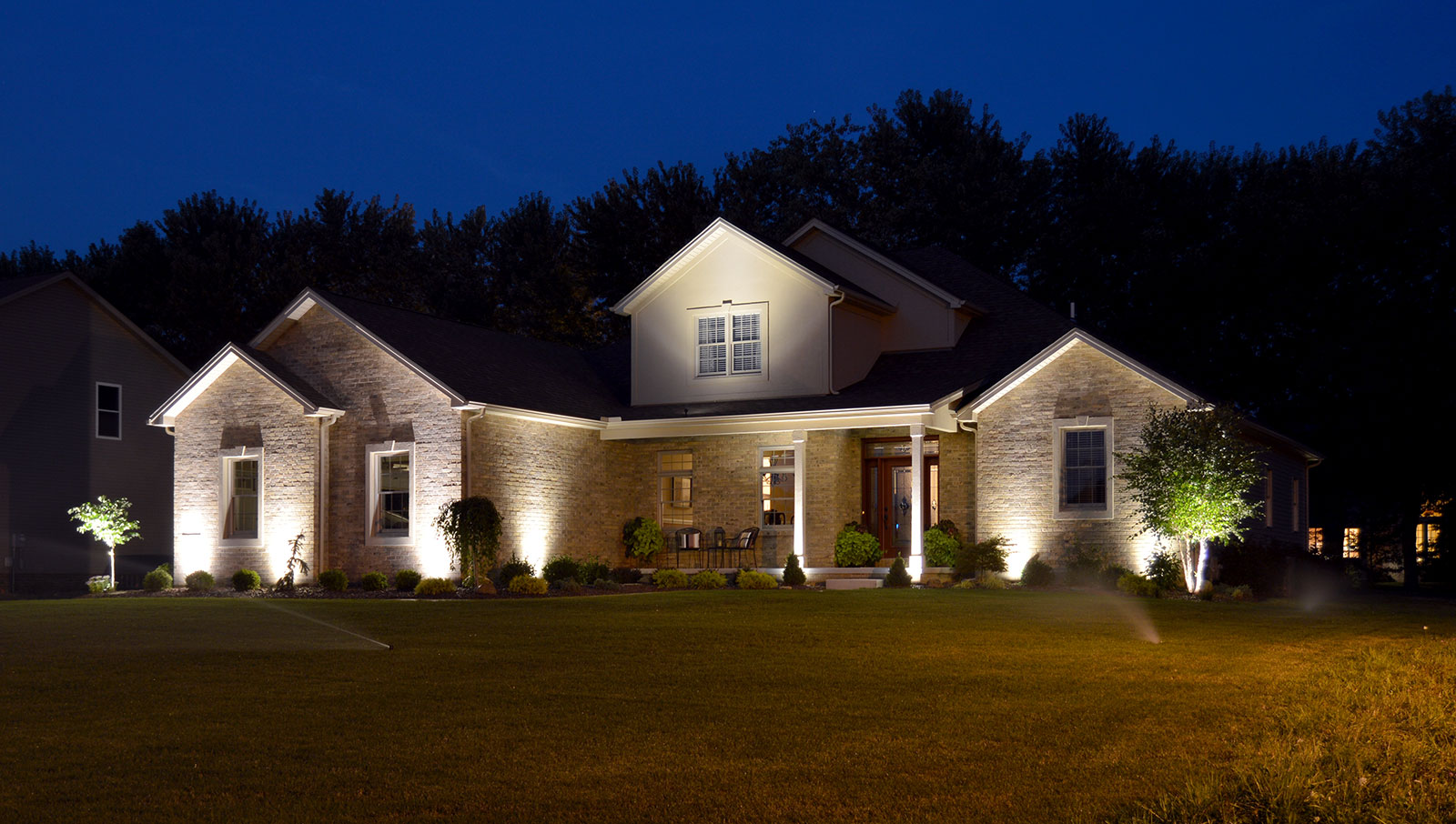

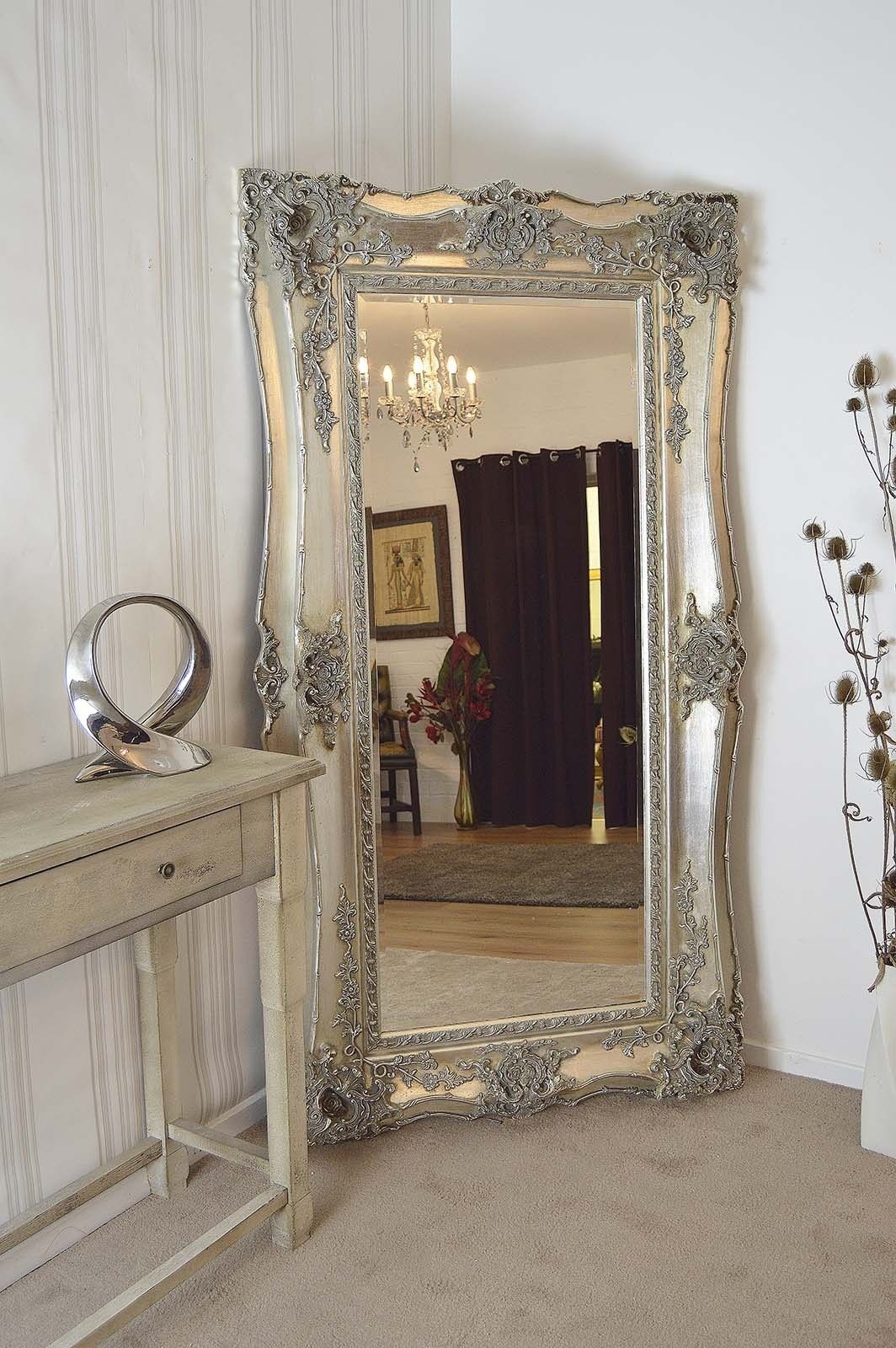
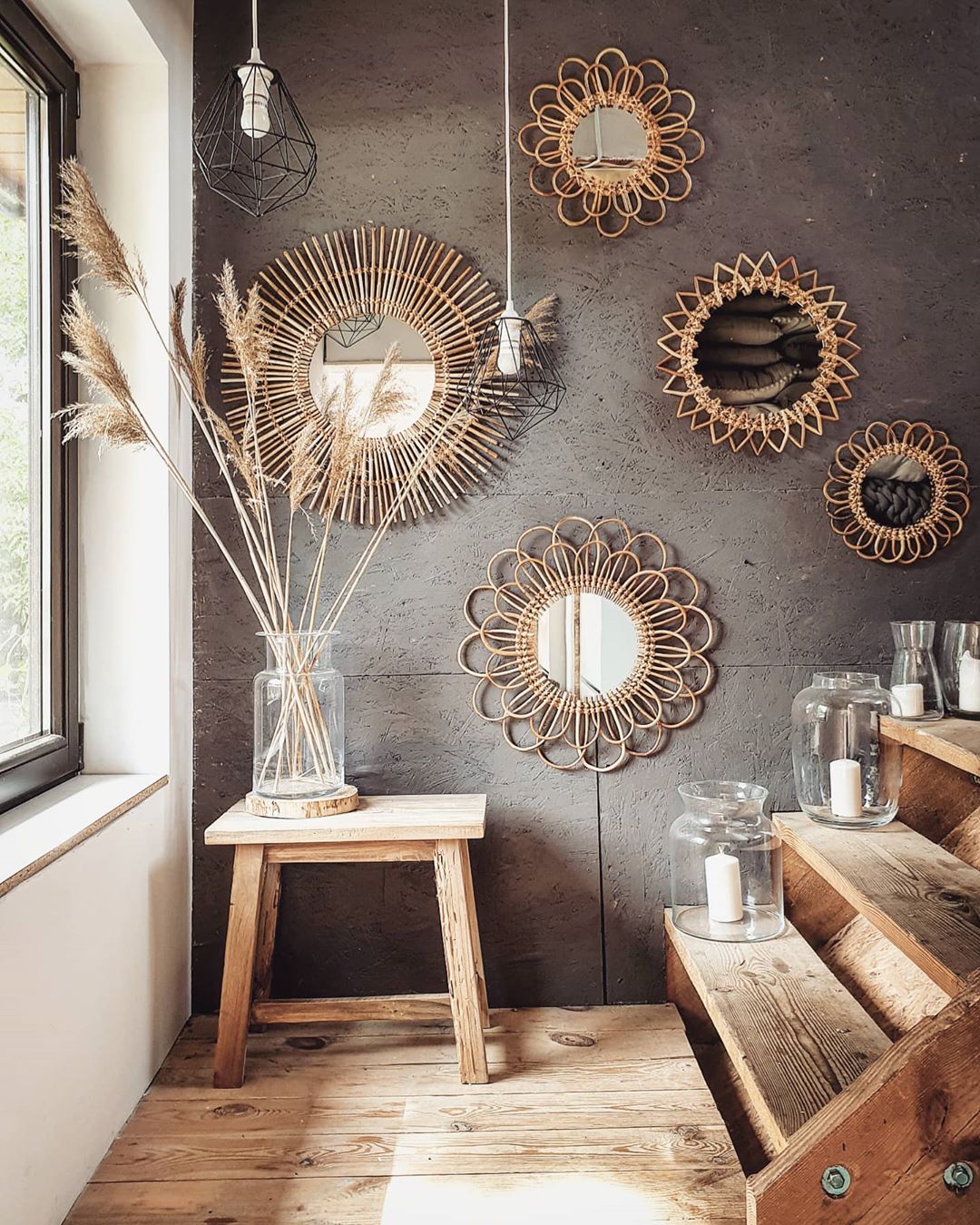
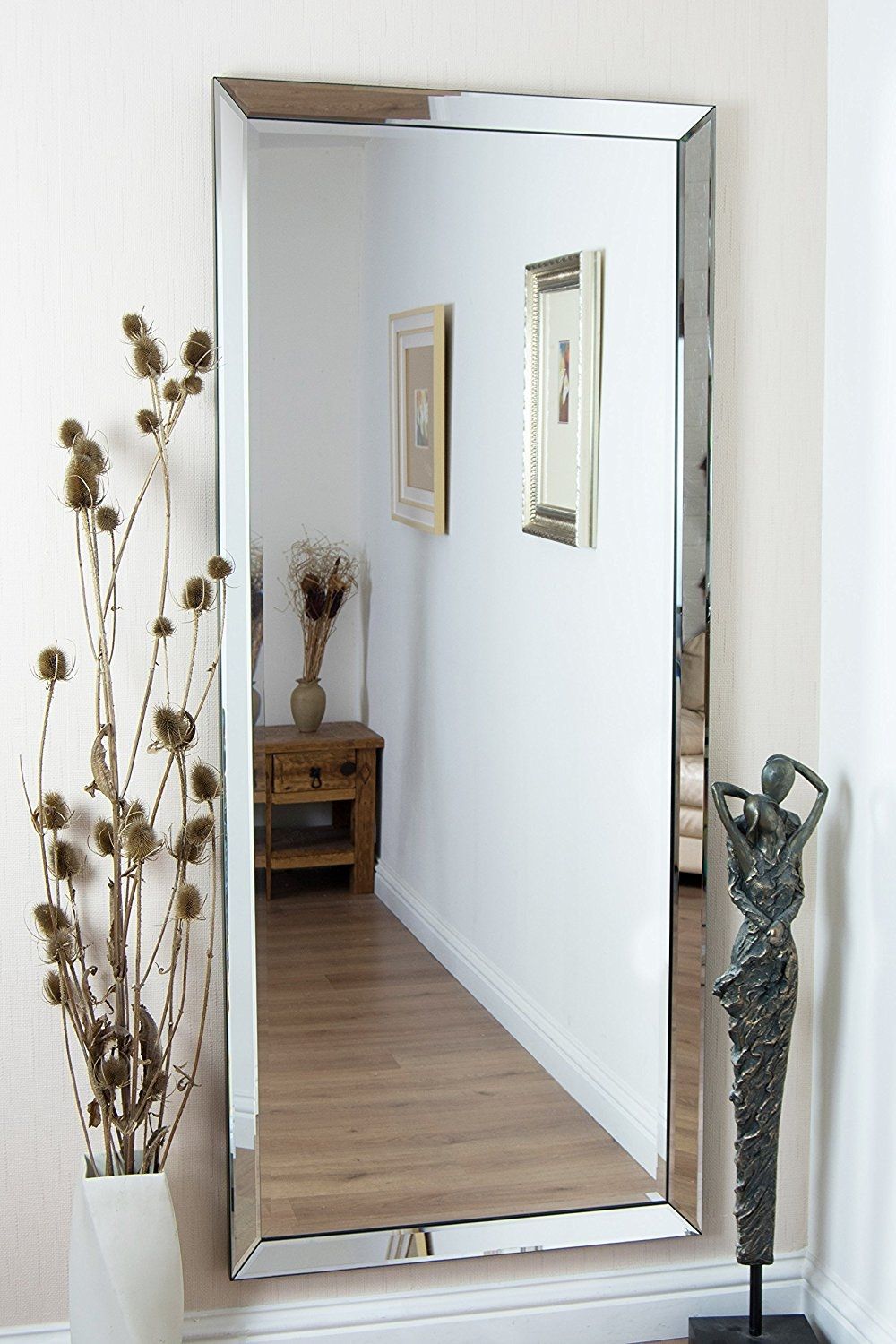
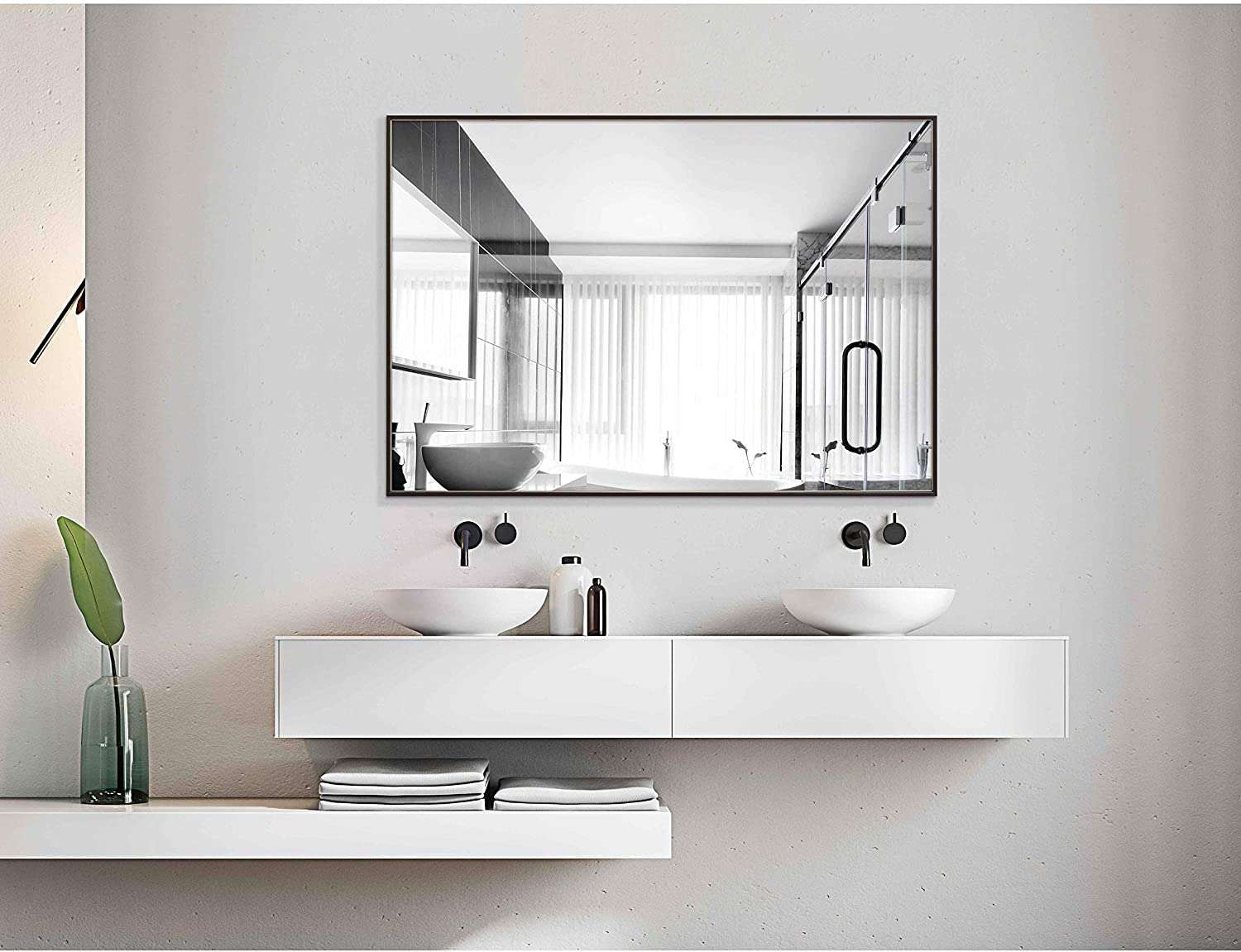
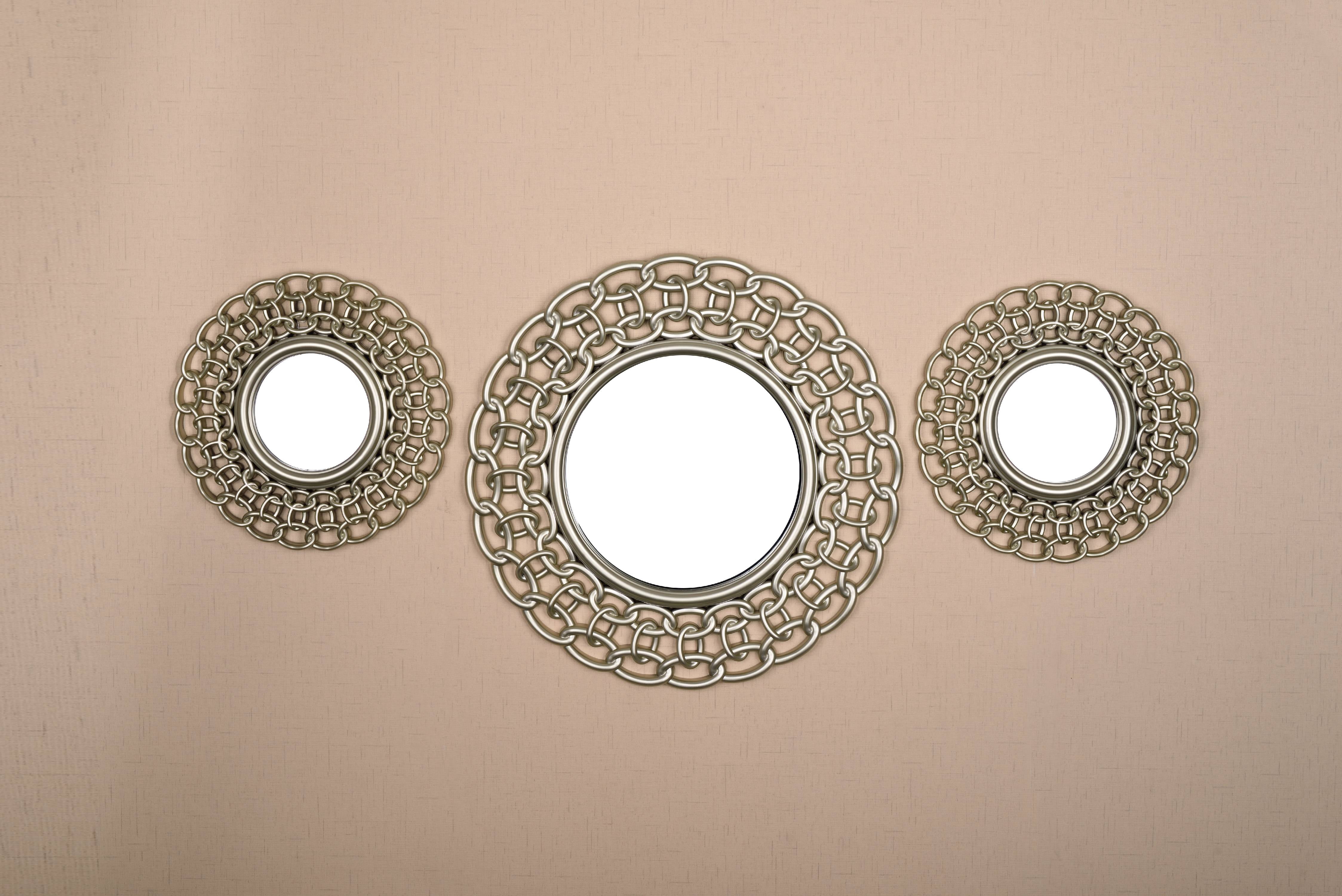

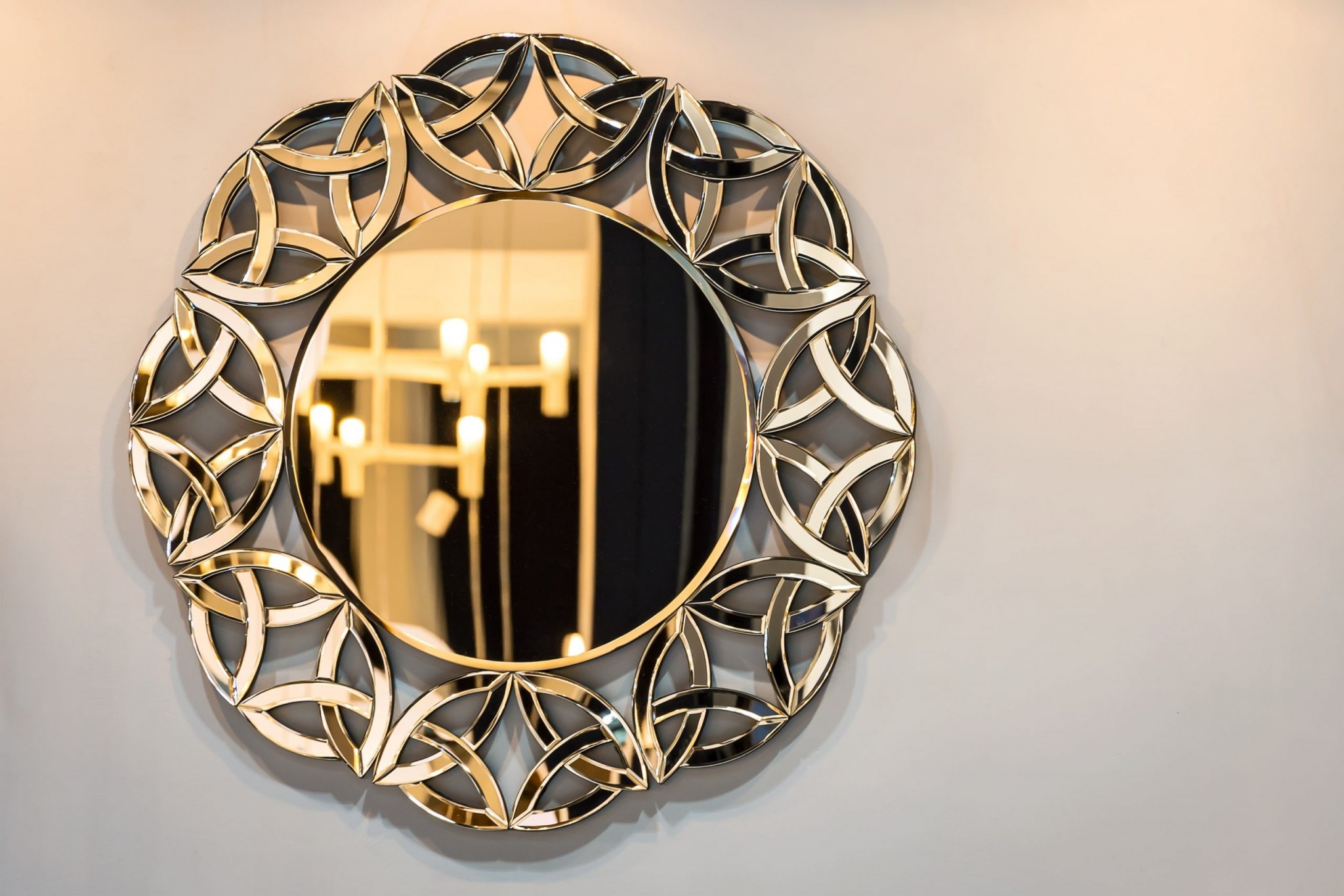



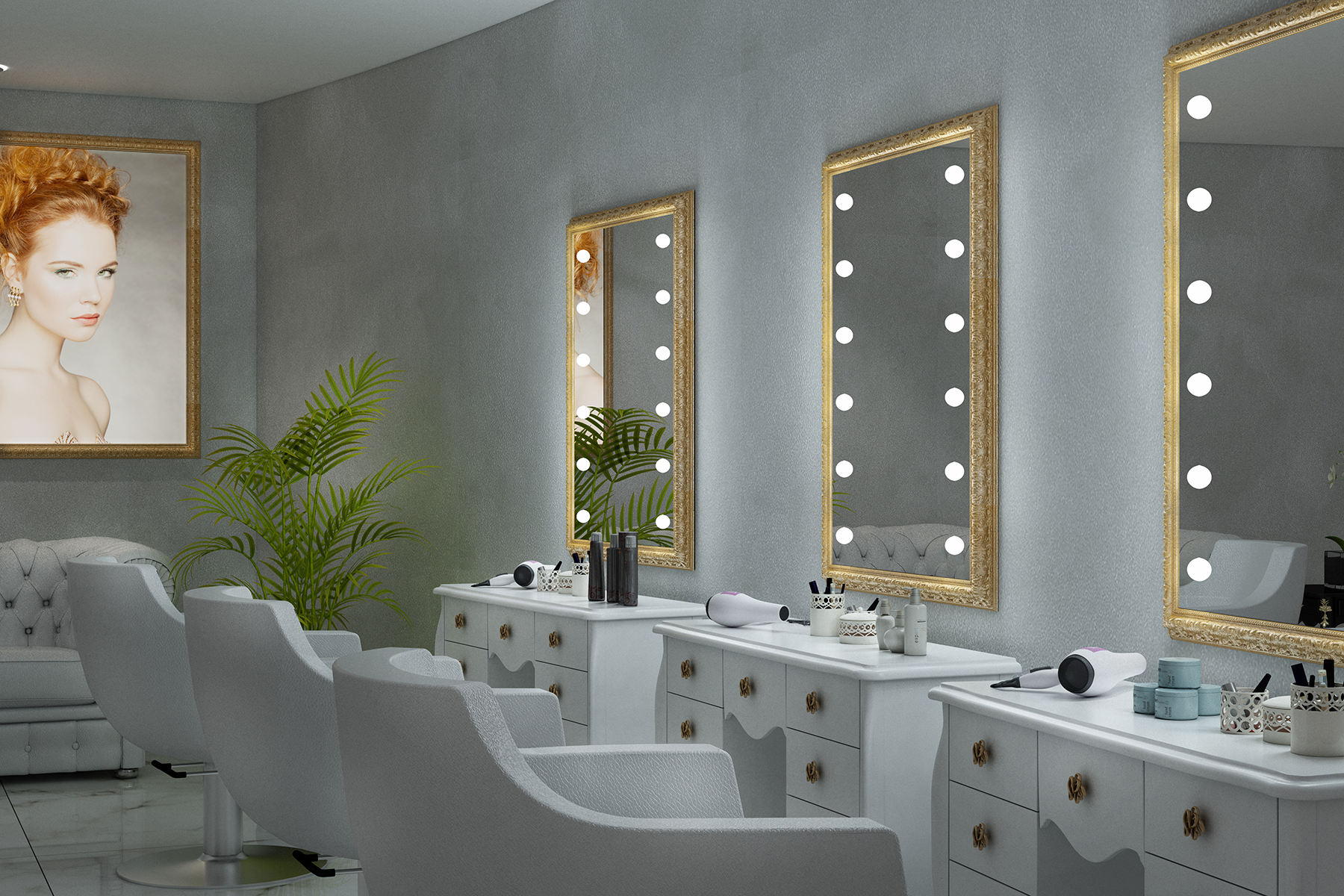
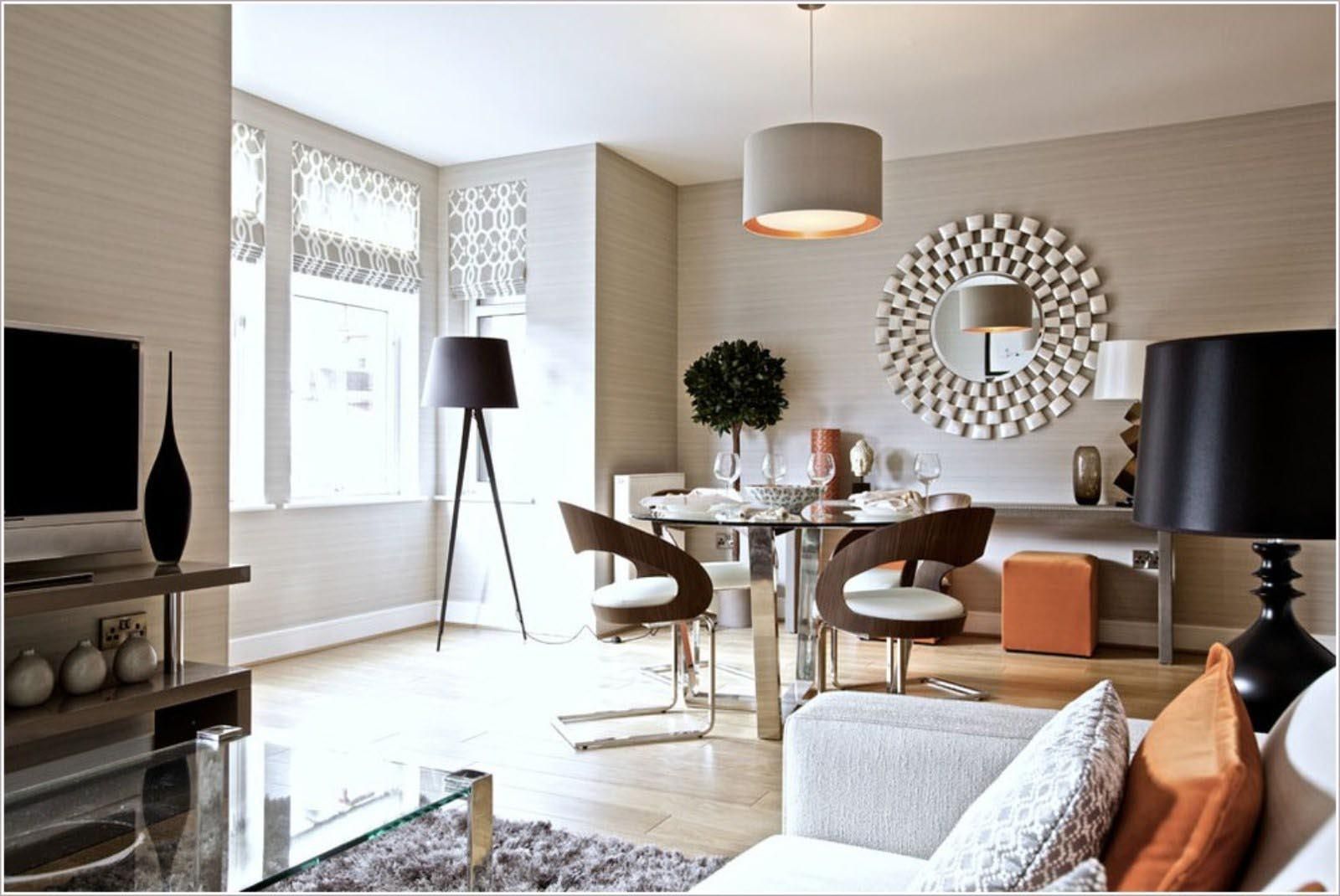







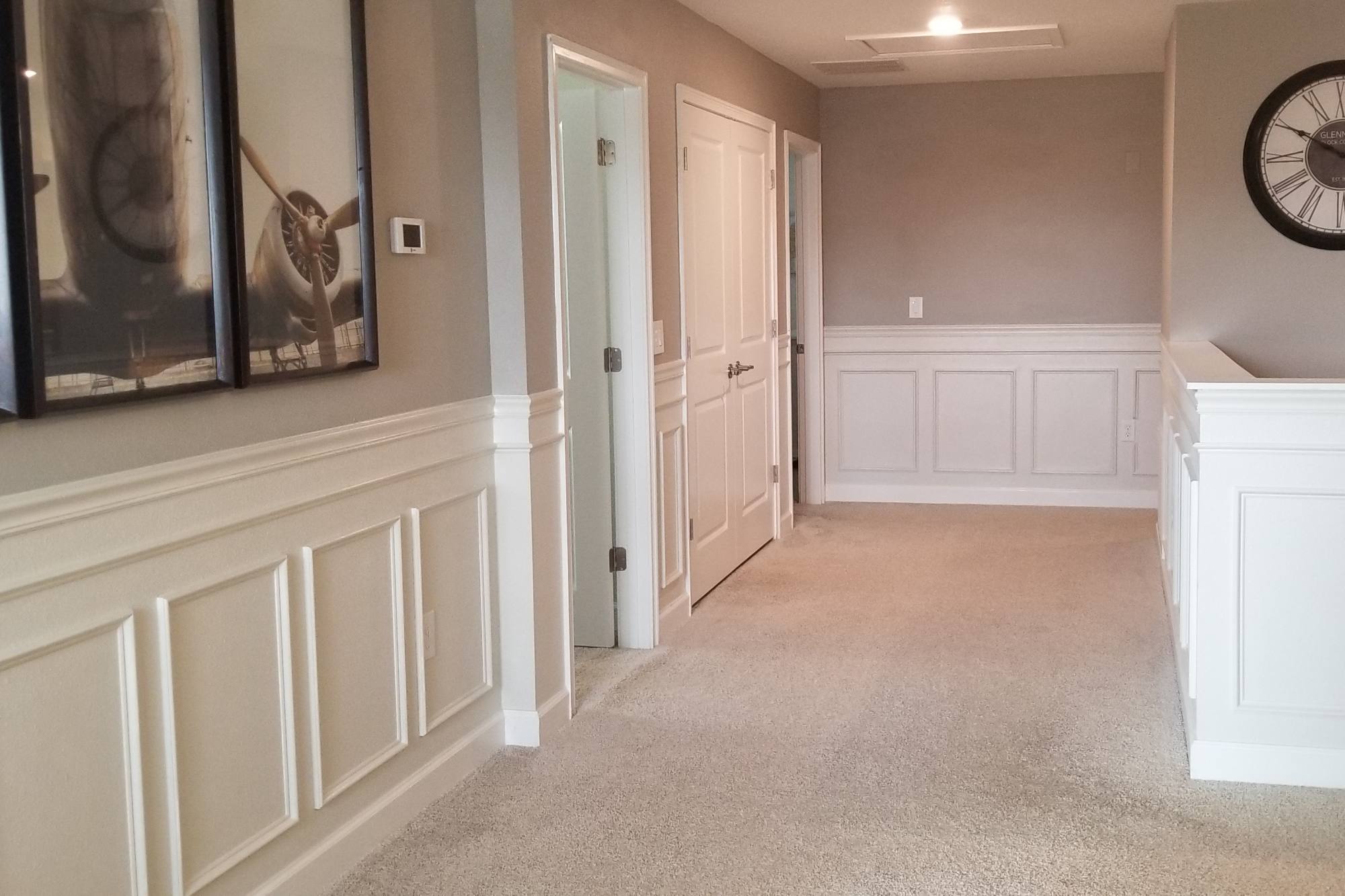

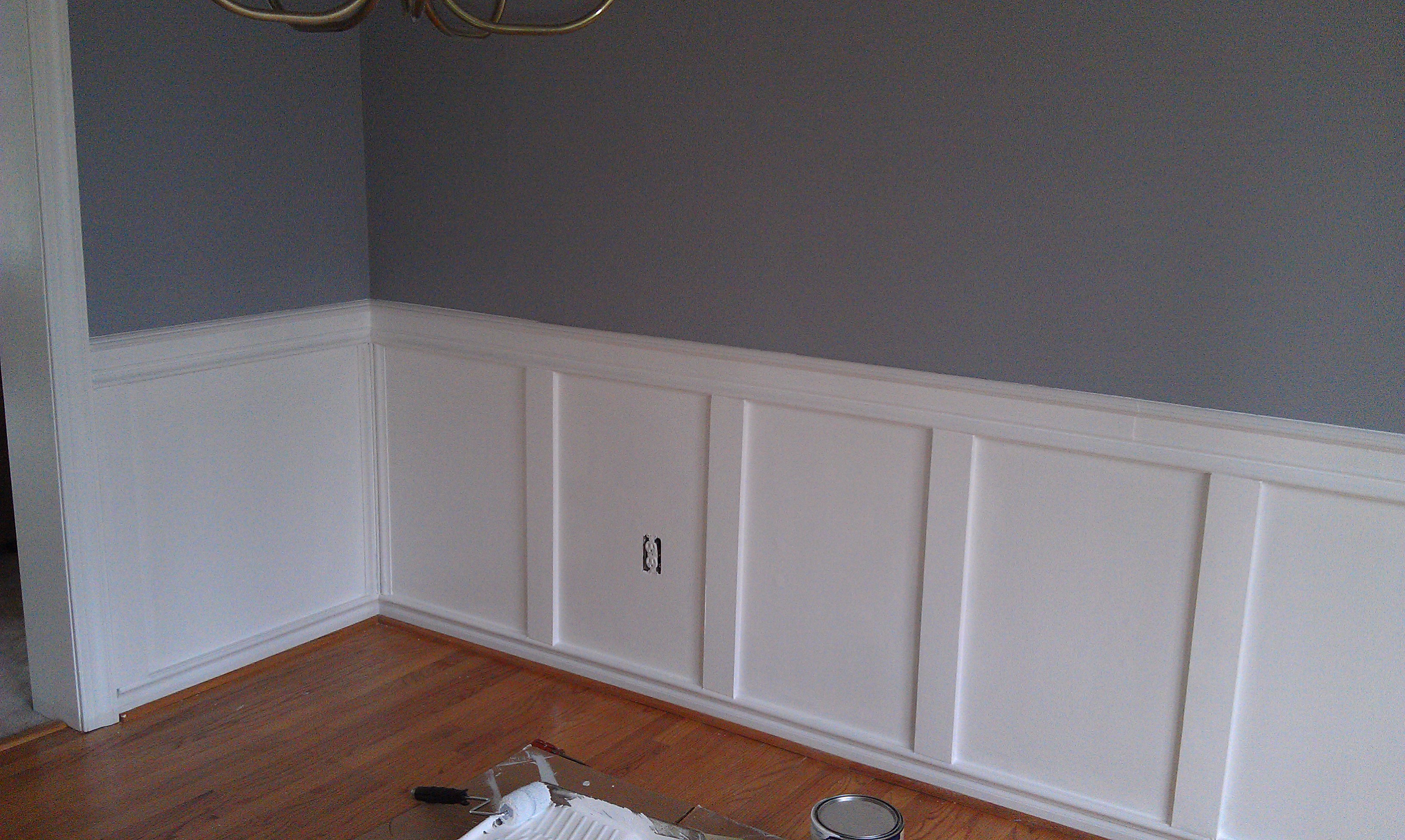
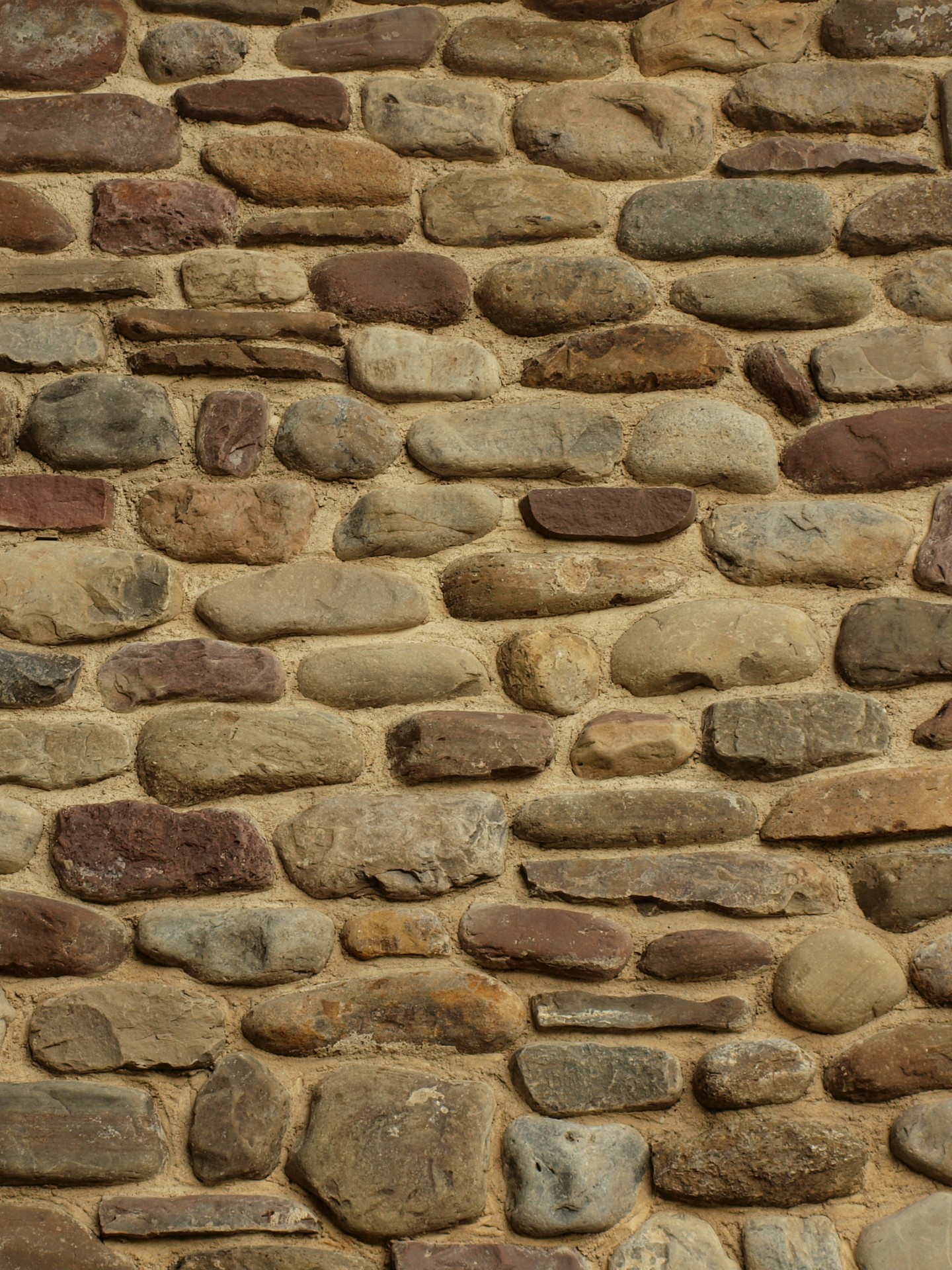
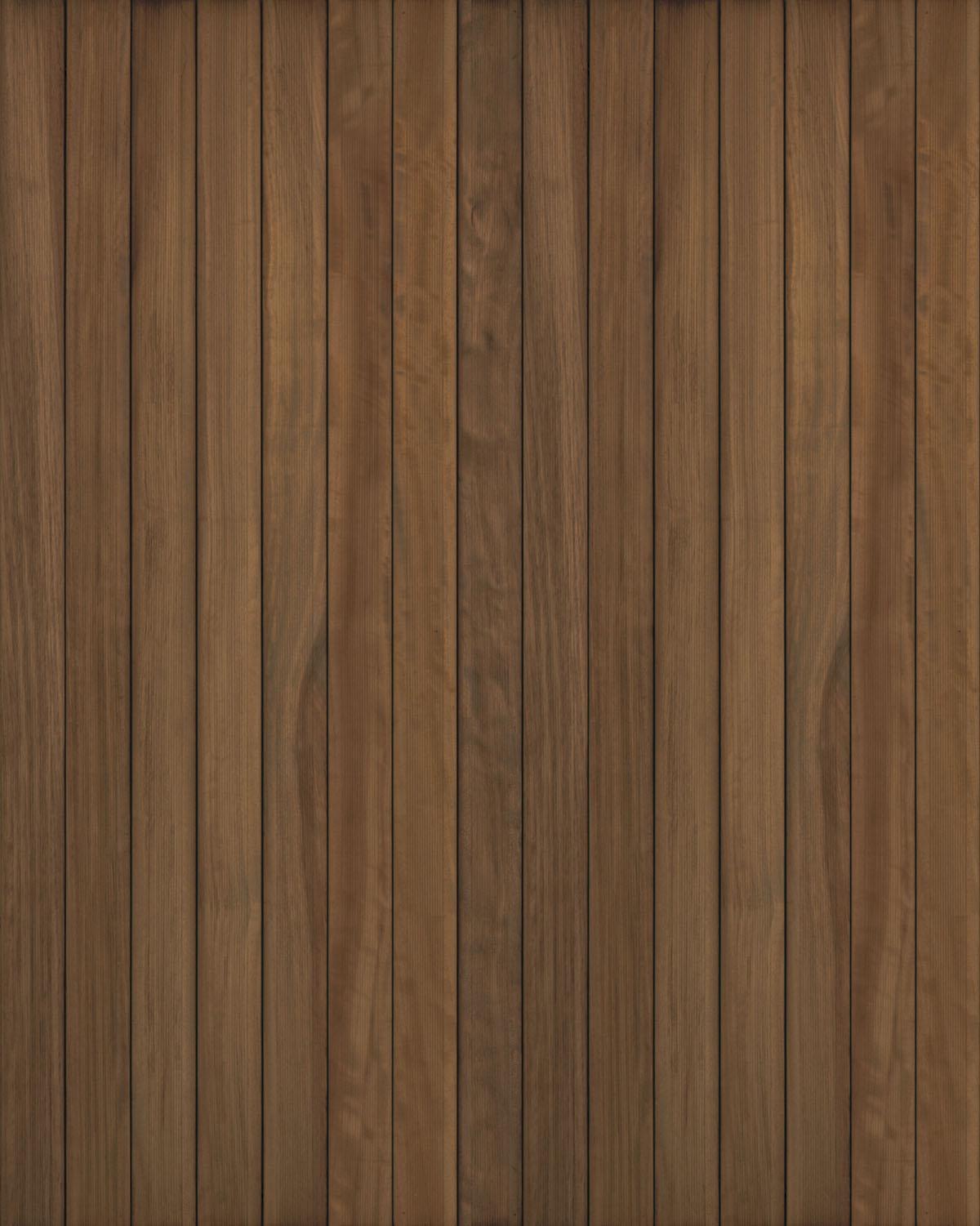





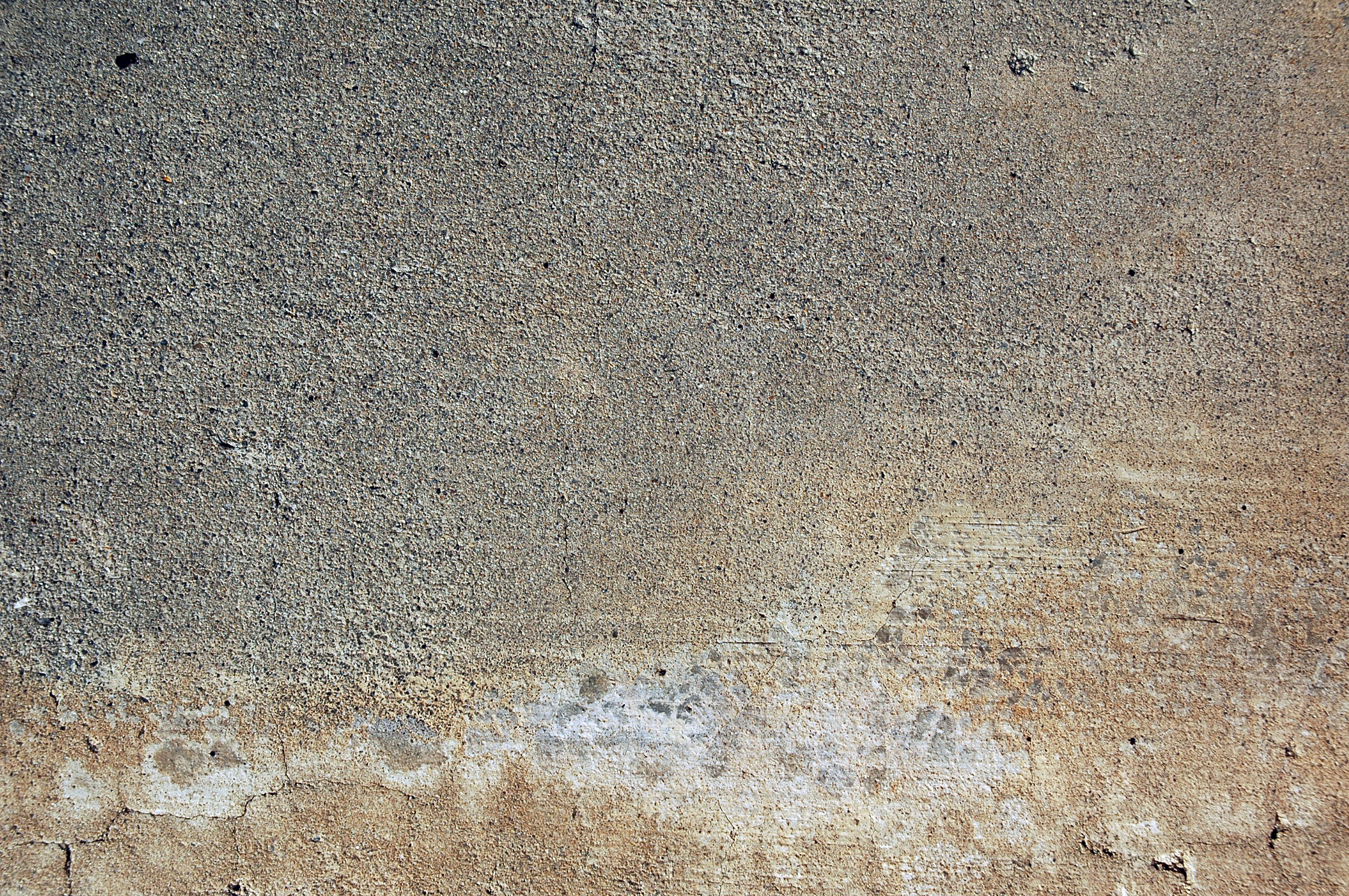
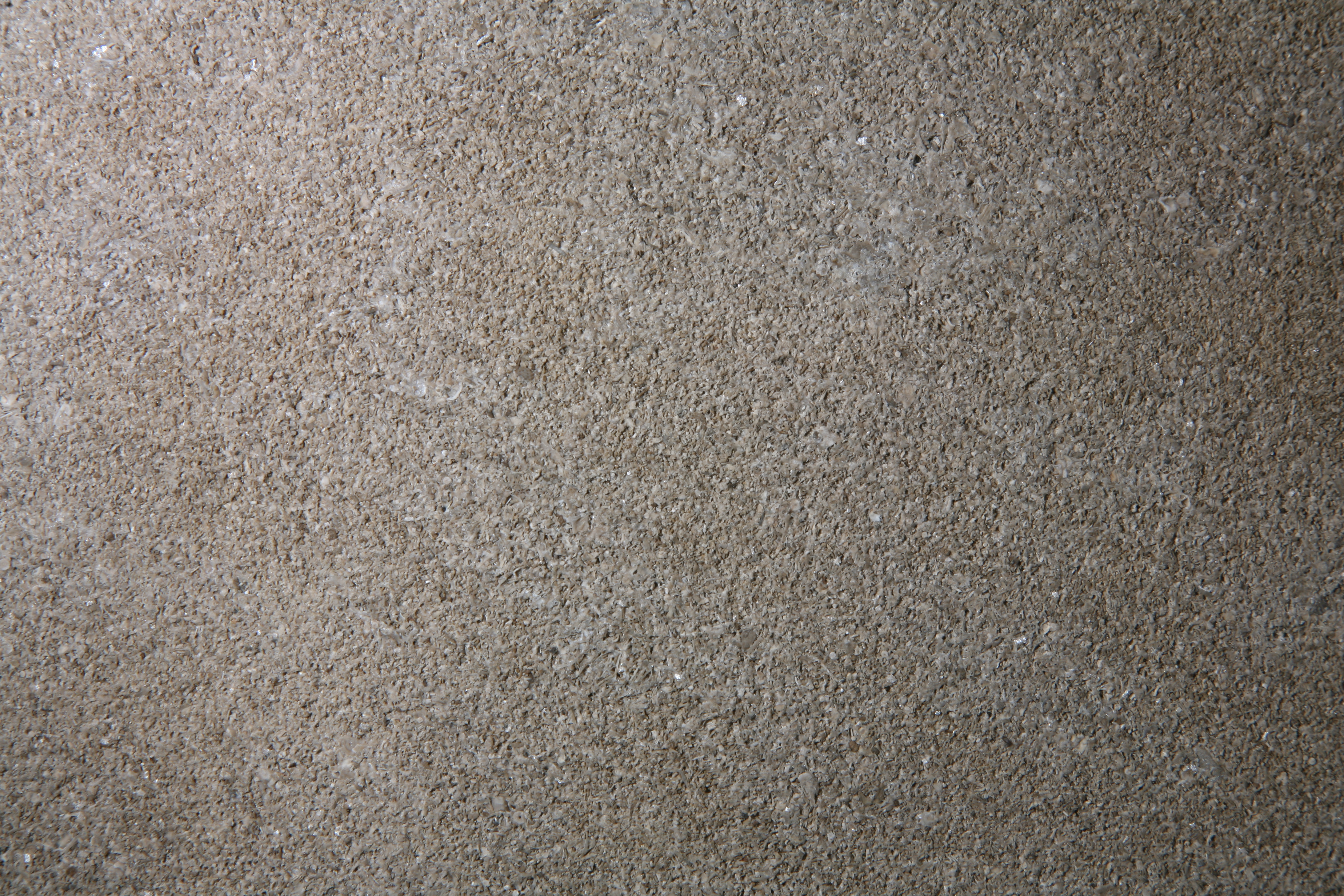
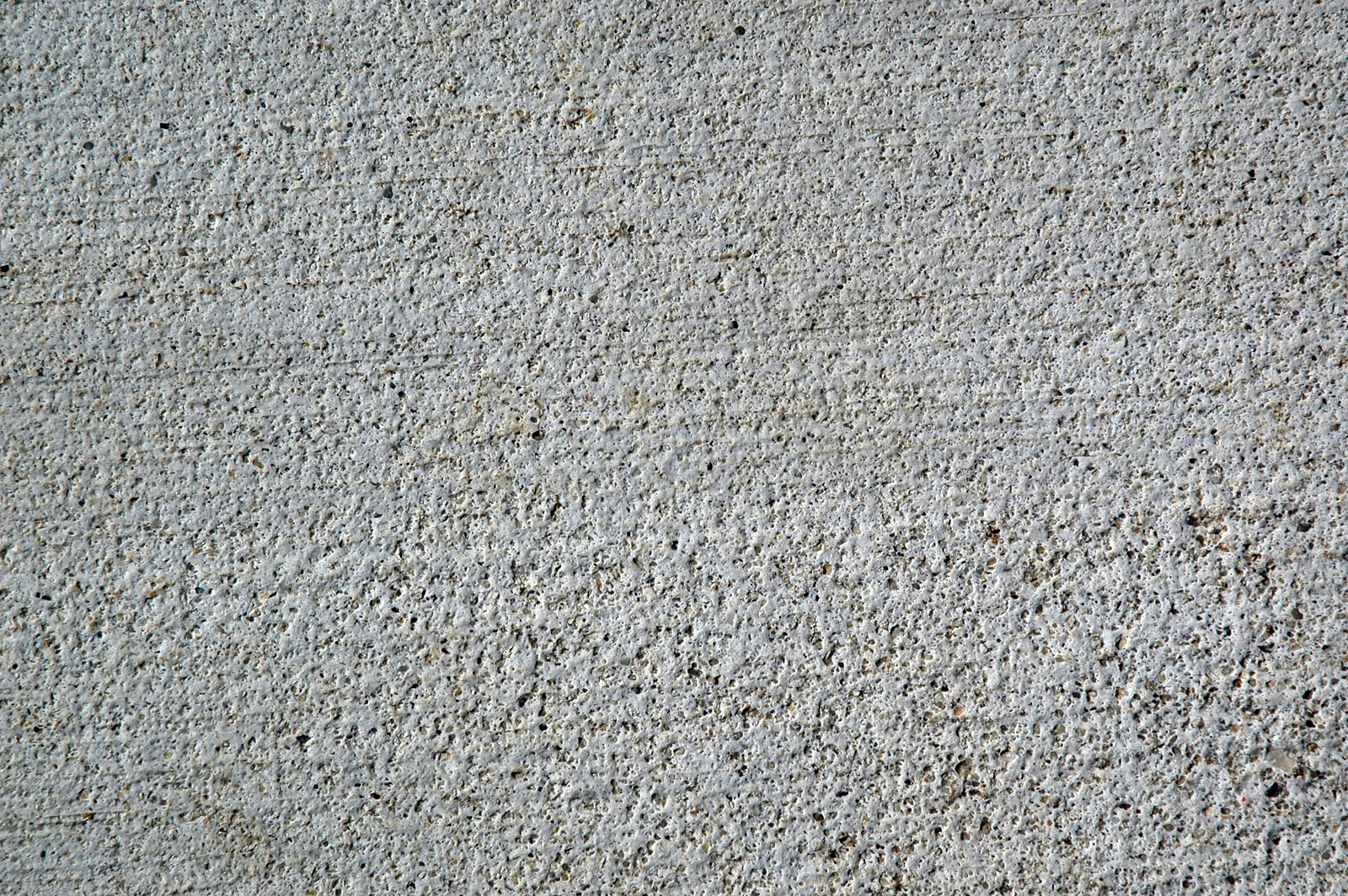





/twenty20_cc649399-40dc-4816-8620-37b365d88f70-5a01d3be22fa3a0037001998.jpg)

